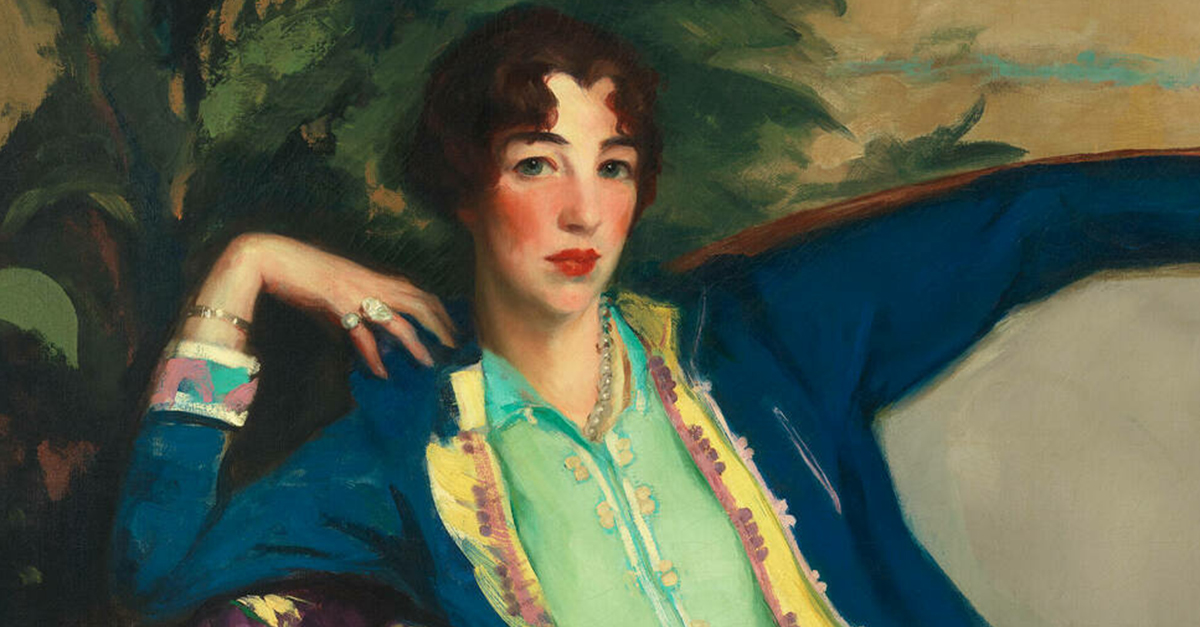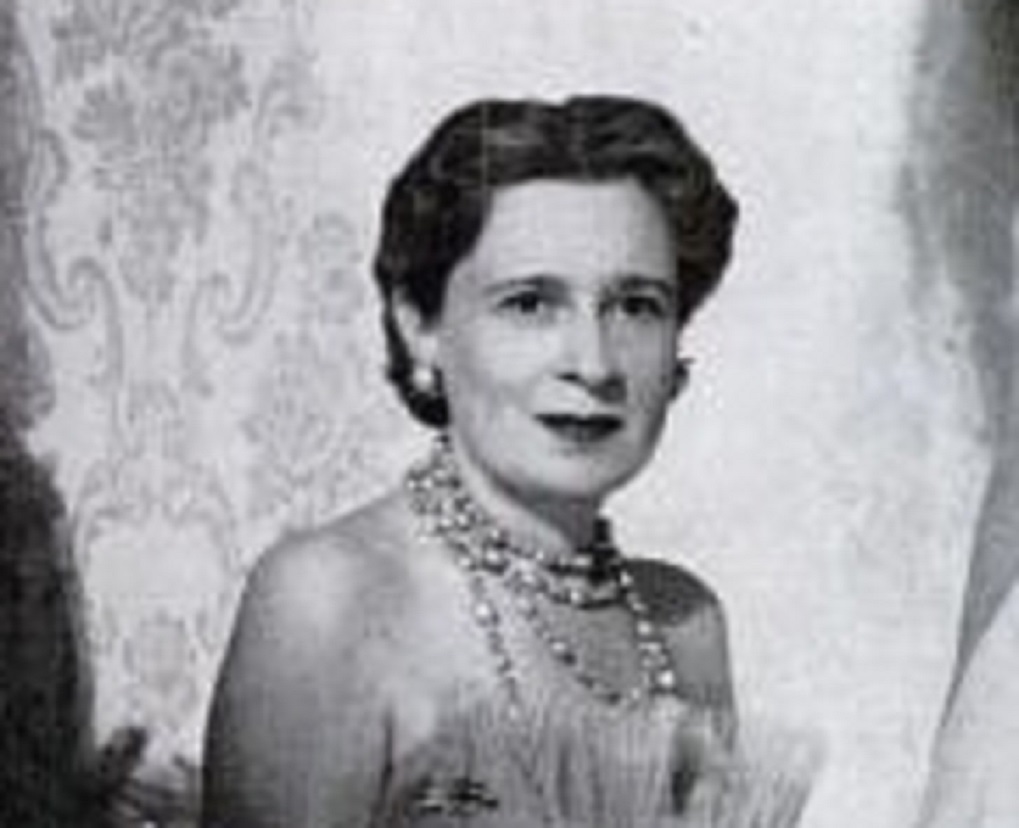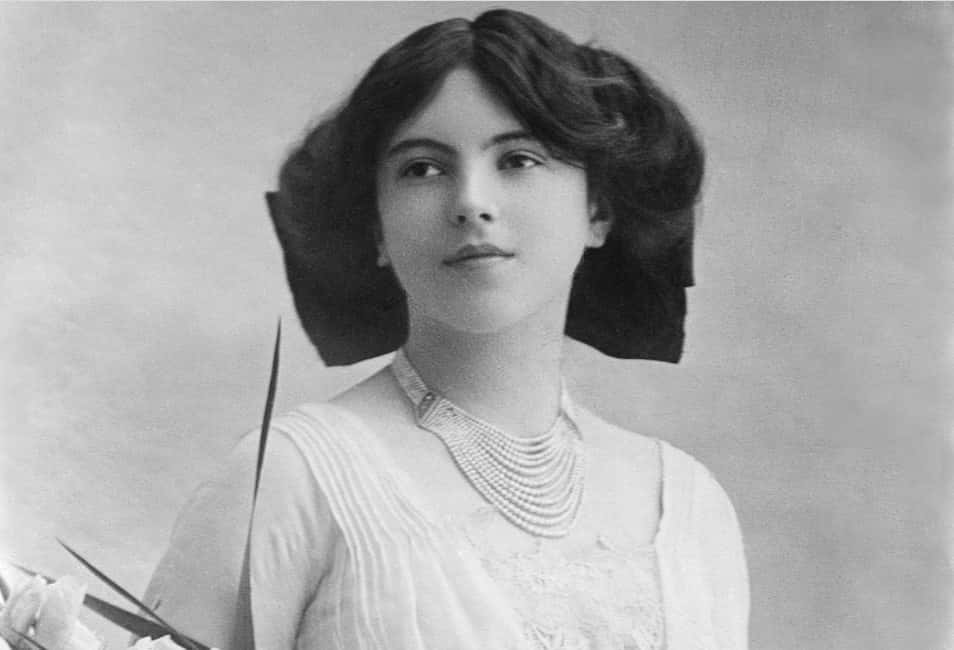Most people don’t give two licks about the problems of the wealthy one percent, and with valid reason. After all, what’s to complain about when you can afford whatever your heart desires? But things aren’t always what they seem. And when it comes to the life of Gertrude Vanderbilt Whitney, the truth glitters much less than gold.
1. Her Daddy Made Bank
Gertrude Vanderbilt Whitney was born into a life of pure luxury. You guessed it, she hailed from that Vanderbilt family, one of the very richest families in the US. Born in 1875 in New York City, her family’s status should have set her up for life. Unfortunately, she’d find out that more money often equals more problems.
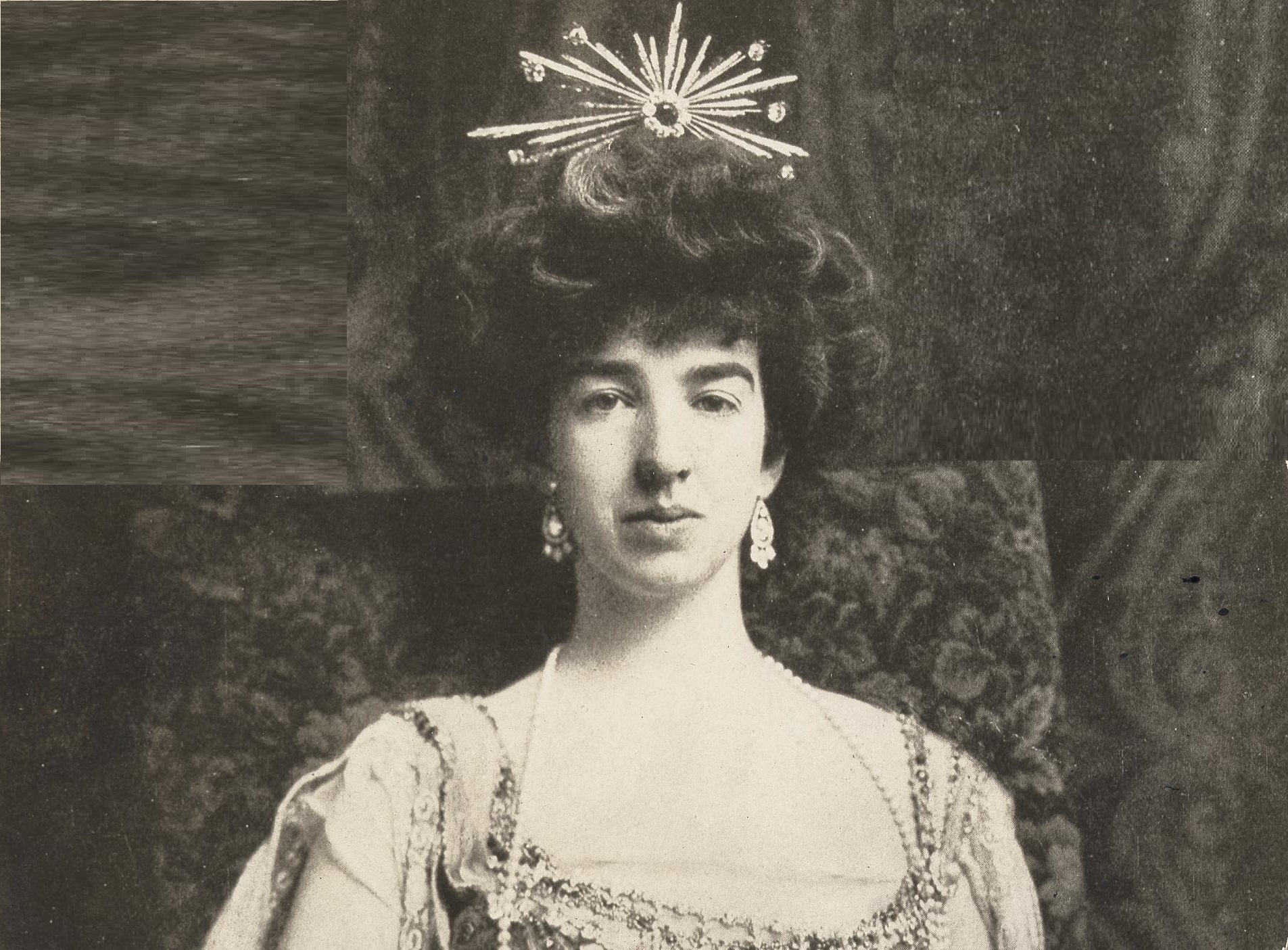 Unknown author, Wikimedia Commons
Unknown author, Wikimedia Commons
2. Her Childhood Was Unfair
Gertrude’s parents had five children before her—four sons and one daughter. Her older sister died before she was born, making Gertrude the oldest daughter of the family. Her parents rejoiced over another daughter, but she herself didn’t feel all that happy. As she discovered, the rules for her and her brothers differed wildly.
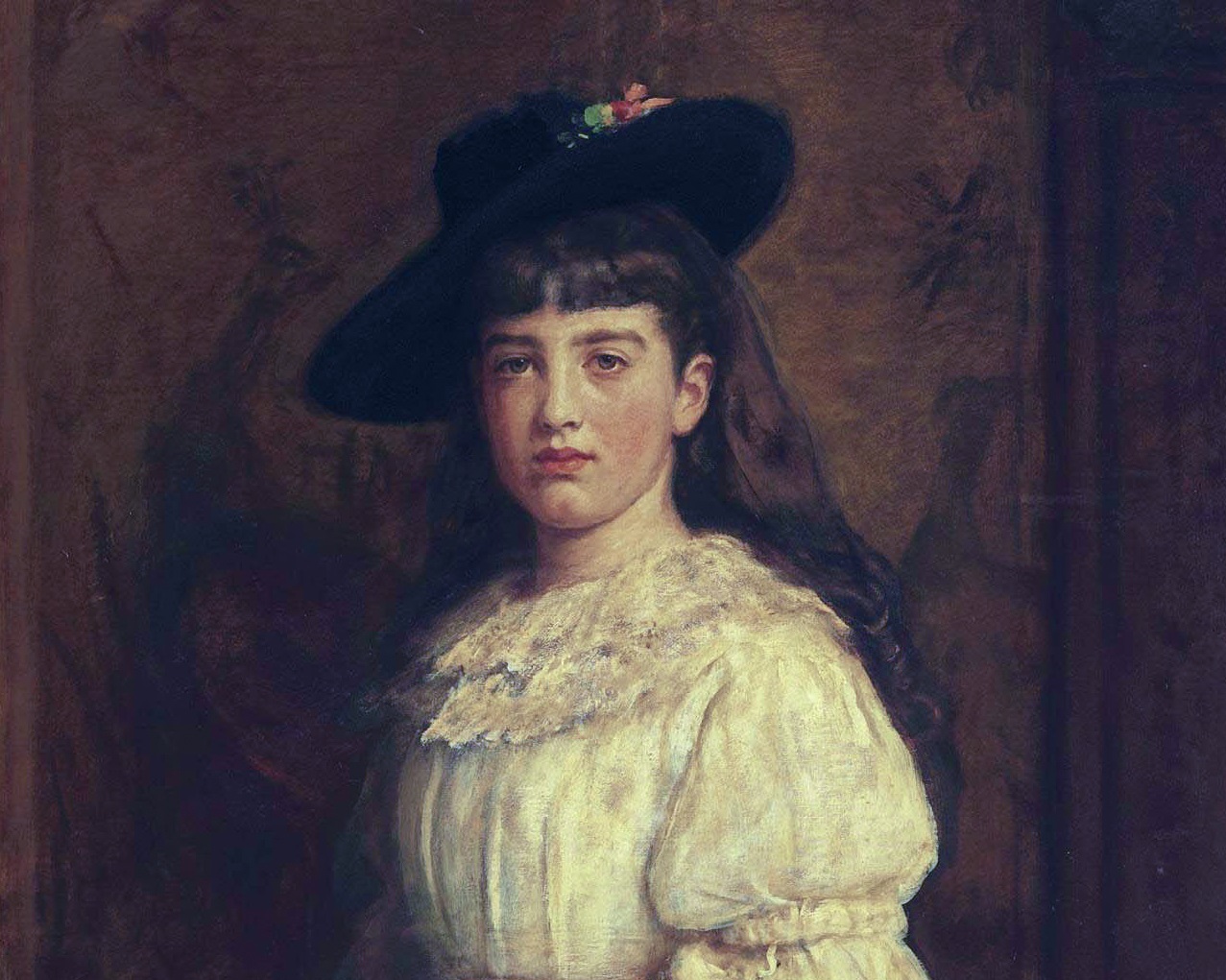 John Everett Millais, Wikimedia Commons
John Everett Millais, Wikimedia Commons
3. She Felt Pressured
The unequal expectations for men and women weighed on Gertrude Vanderbilt Whitney even in her youth. Standards of women’s propriety and behavior, and often men’s lack thereof, only escalated within her closed circle of high society. Her mother kept a close eye on her, often in an overbearing way. Probably because she didn’t like Gertrude’s behavior at all.
 Raimundo de Madrazo y Garreta, Wikimedia Commons
Raimundo de Madrazo y Garreta, Wikimedia Commons
4. She Ran With The Boys
In her journals later in life, Gertrude remembered looking up to her four older brothers. She enjoyed summers playing with them and their friends in her family’s lavish summer homes. Idolizing older siblings is pretty normal—but for Gertrude, it had a dark side.
Her mother disapproved, especially when her daughter took things a step too far.
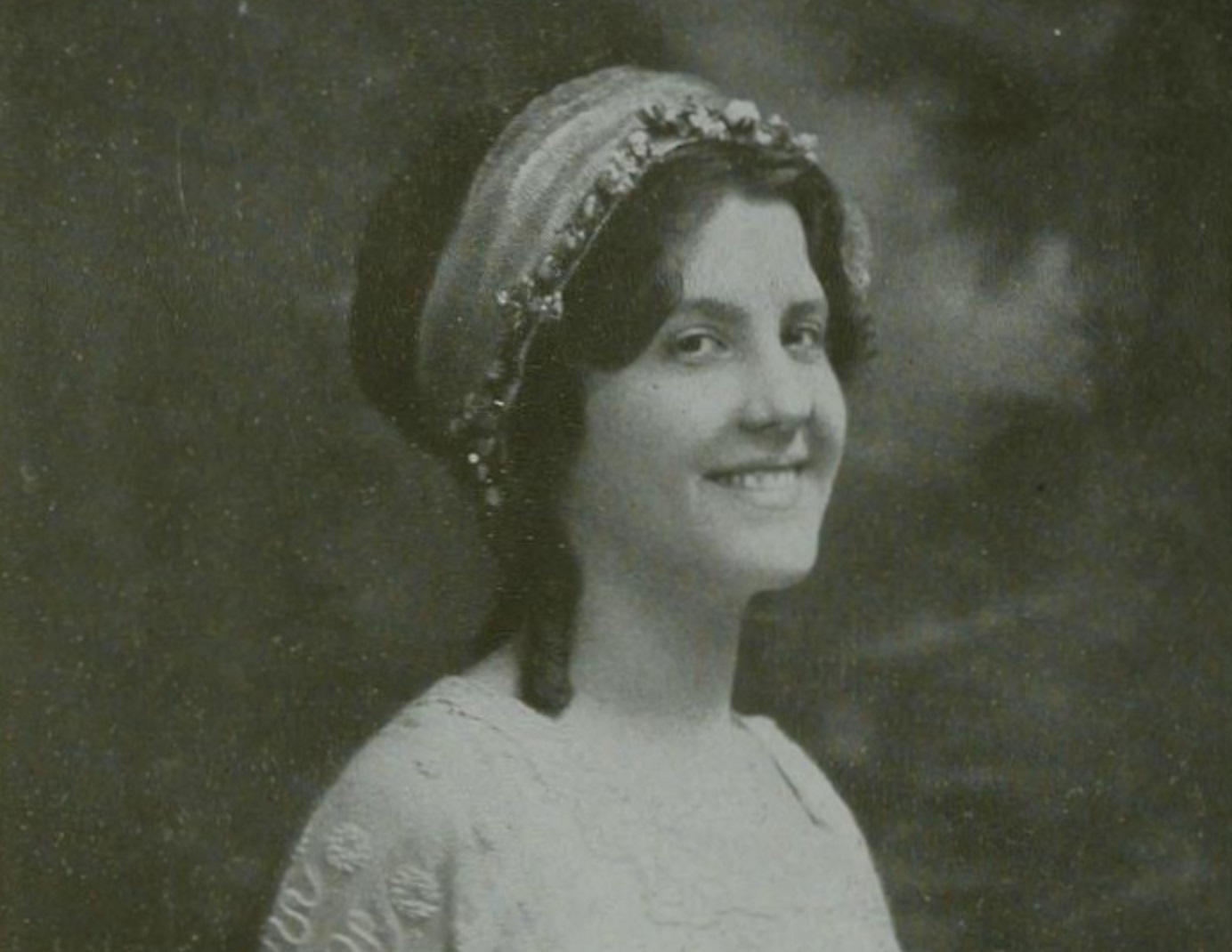 Campbell's Studios, Wikimedia Commons
Campbell's Studios, Wikimedia Commons
5. She Made A Bold Statement
Little Gertrude Vanderbilt Whitney didn’t just want to play with the boys, she wanted to be a boy. She found it unfair that they got to do more than she did, and at four years old, figured out an easy fix. She cut her hair off to turn herself into a boy. Her mother flipped.
She punished her daughter, but Gertrude’s unexpected behavior only continued.
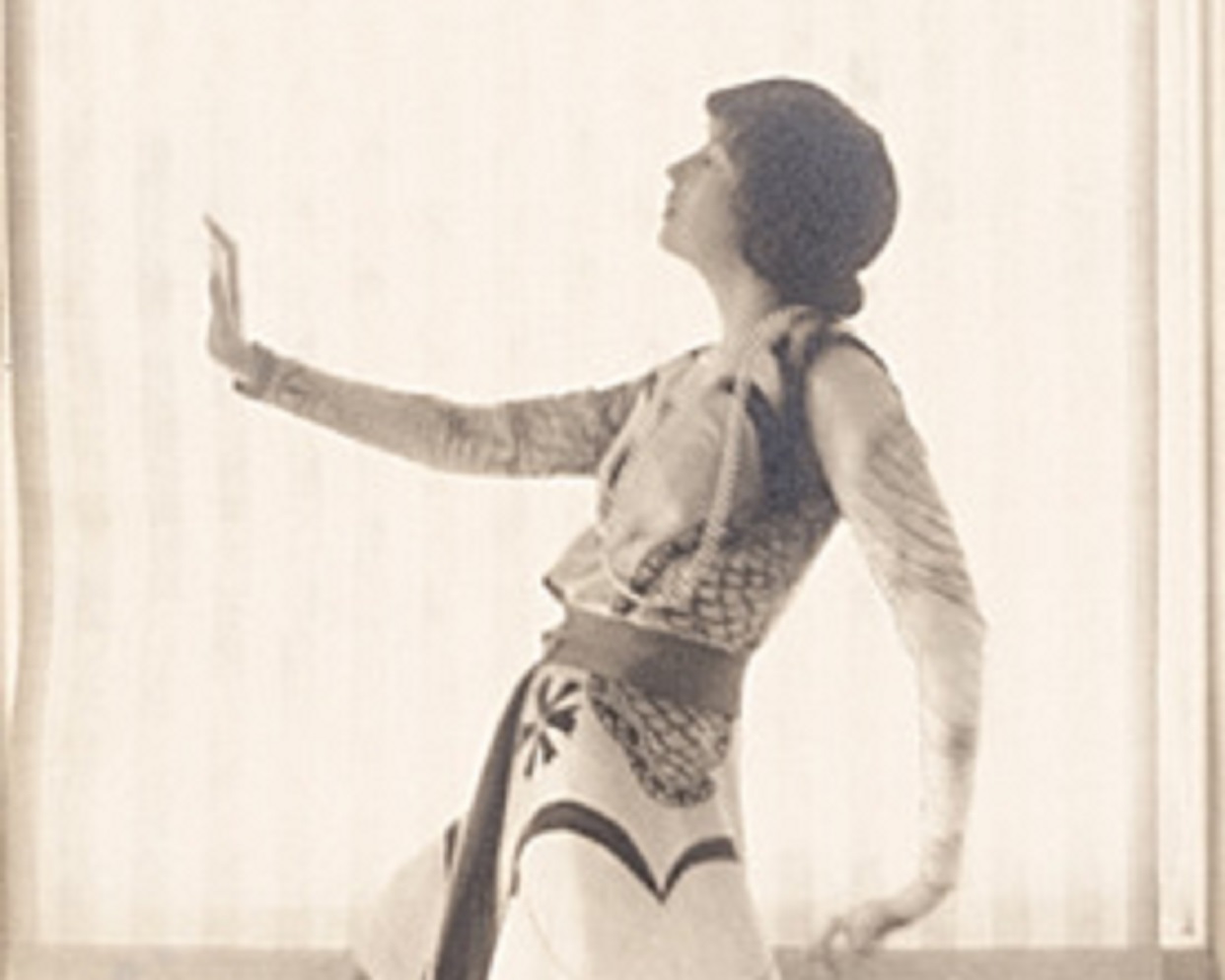 Adolf de Meyer, Wikimedia Commons
Adolf de Meyer, Wikimedia Commons
6. She Was Difficult
A young woman with a large sum behind her name, Gertrude Vanderbilt Whitney had her pick of the litter for boyfriends in her late teenage years. The choice didn’t come easy. Her status forced her to consider her future partner’s status, and whether or not they wanted her or her money. Maybe that clues us into why she did exactly the opposite of the traditional.
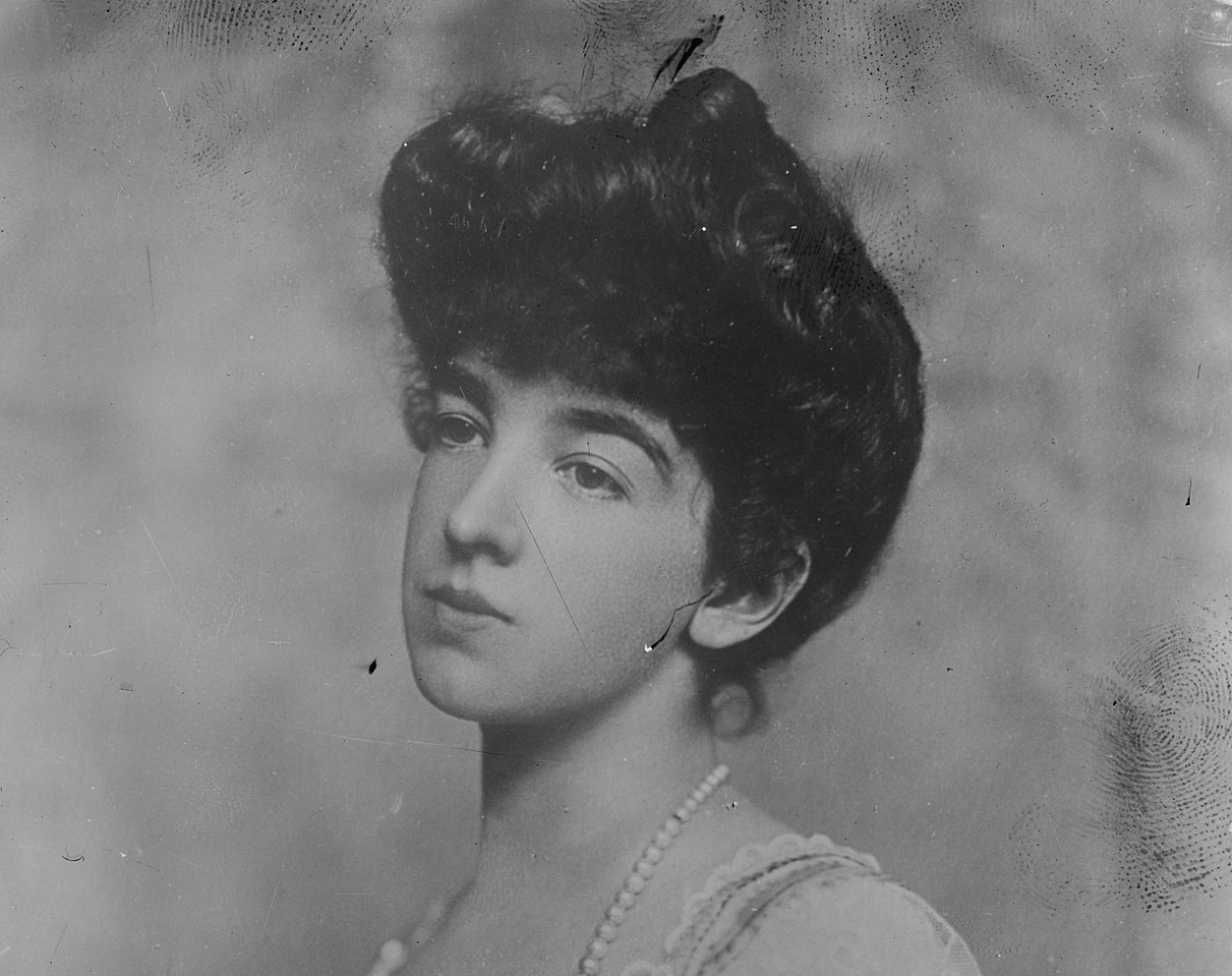 Bain News Service, Wikimedia Commons
Bain News Service, Wikimedia Commons
7. She Came Out (Kind of)
During this time, girls often celebrated their journey into womanhood with something like a sweet sixteen or debutante ball today. As a young lady of high society, Gertrude likely had an opulent event, with many young men looking on adoringly. But she didn’t look their way—for a scandalous reason. She was occupied with the romantic interest of a different kind…with another young woman.
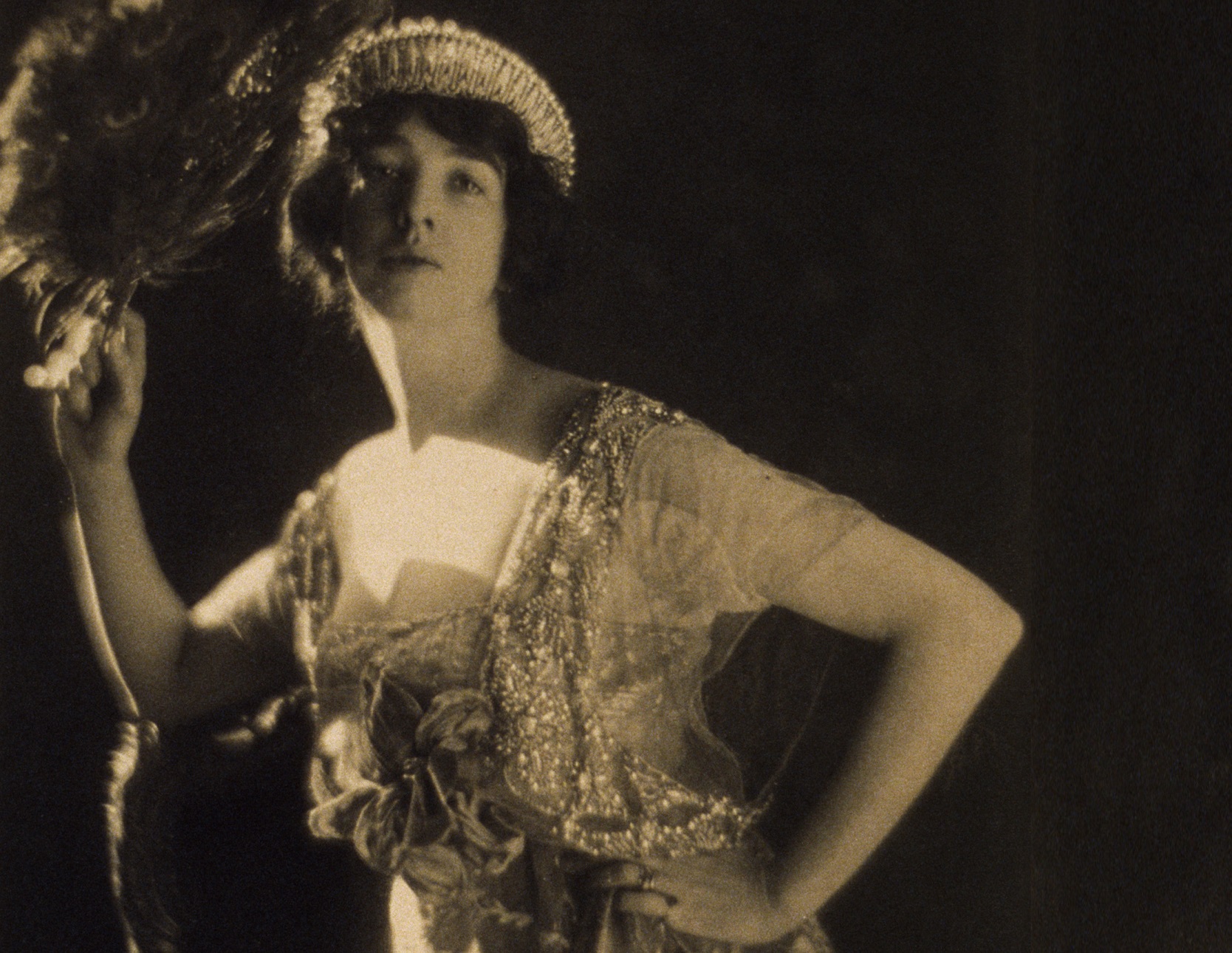 Adolf De Meyer, Wikimedia Commons
Adolf De Meyer, Wikimedia Commons
8. She Fell Hard
People rarely engaged in that kind of relationship at this time, not publicly at least. Society frowned upon the behavior, which explains the mostly secret love affair between Gertrude and Esther Hunt. The young women likely fell in love at her home, where Hunt’s father served as an architect. And it was more than puppy love.
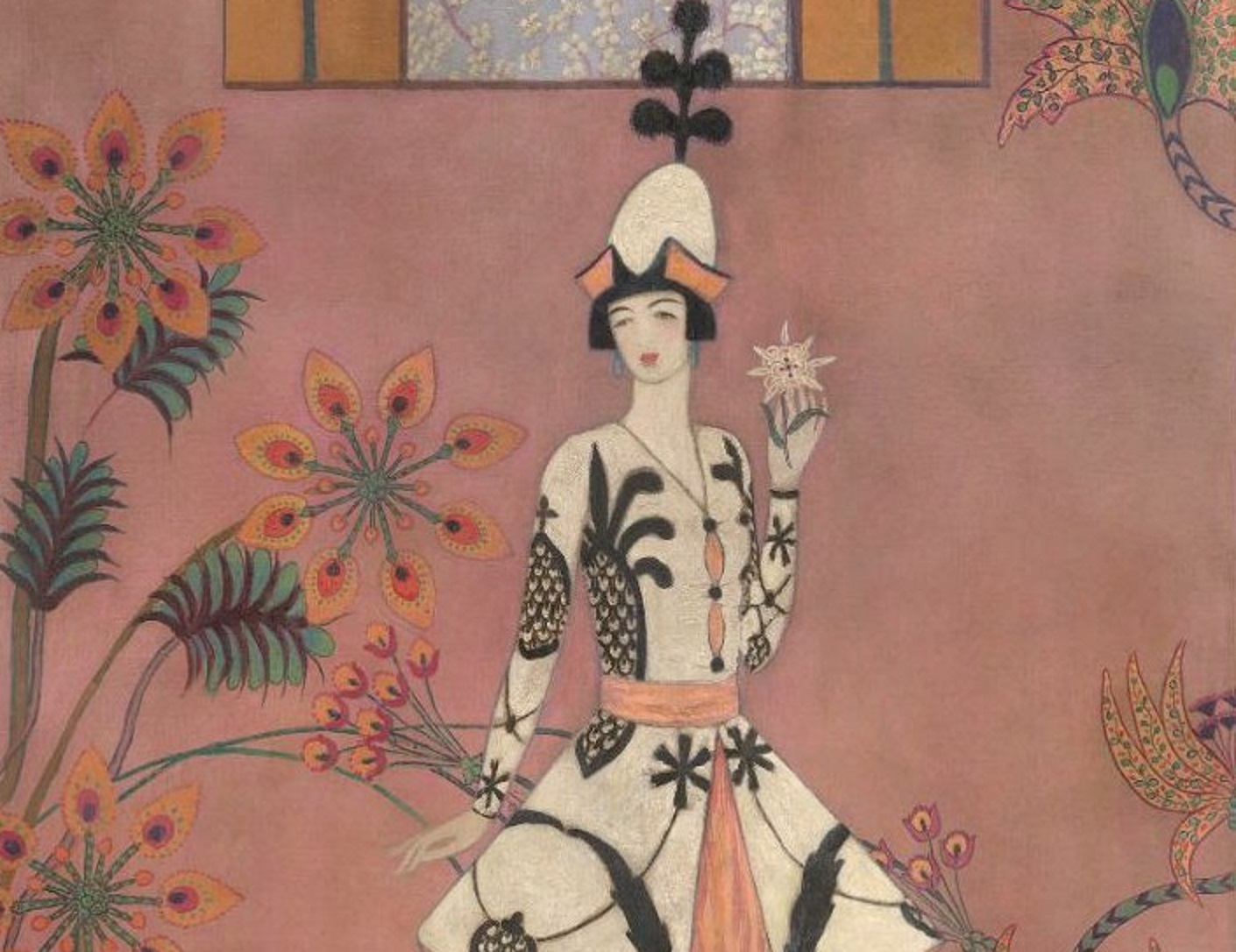 Howard Gardiner Cushing, Wikimedia Commons
Howard Gardiner Cushing, Wikimedia Commons
9. They Went Too Far
Reportedly, the two young women corresponded with several love letters over a significant period of time. They even had a bit of a physical relationship. In fact, Gertrude Vanderbilt Whitney fondly recalled one of their kisses as one of the “thrills of my life.” When Gertrude's mother discovered the depths of the girls’ affair, however, the relationship came crashing to an end.
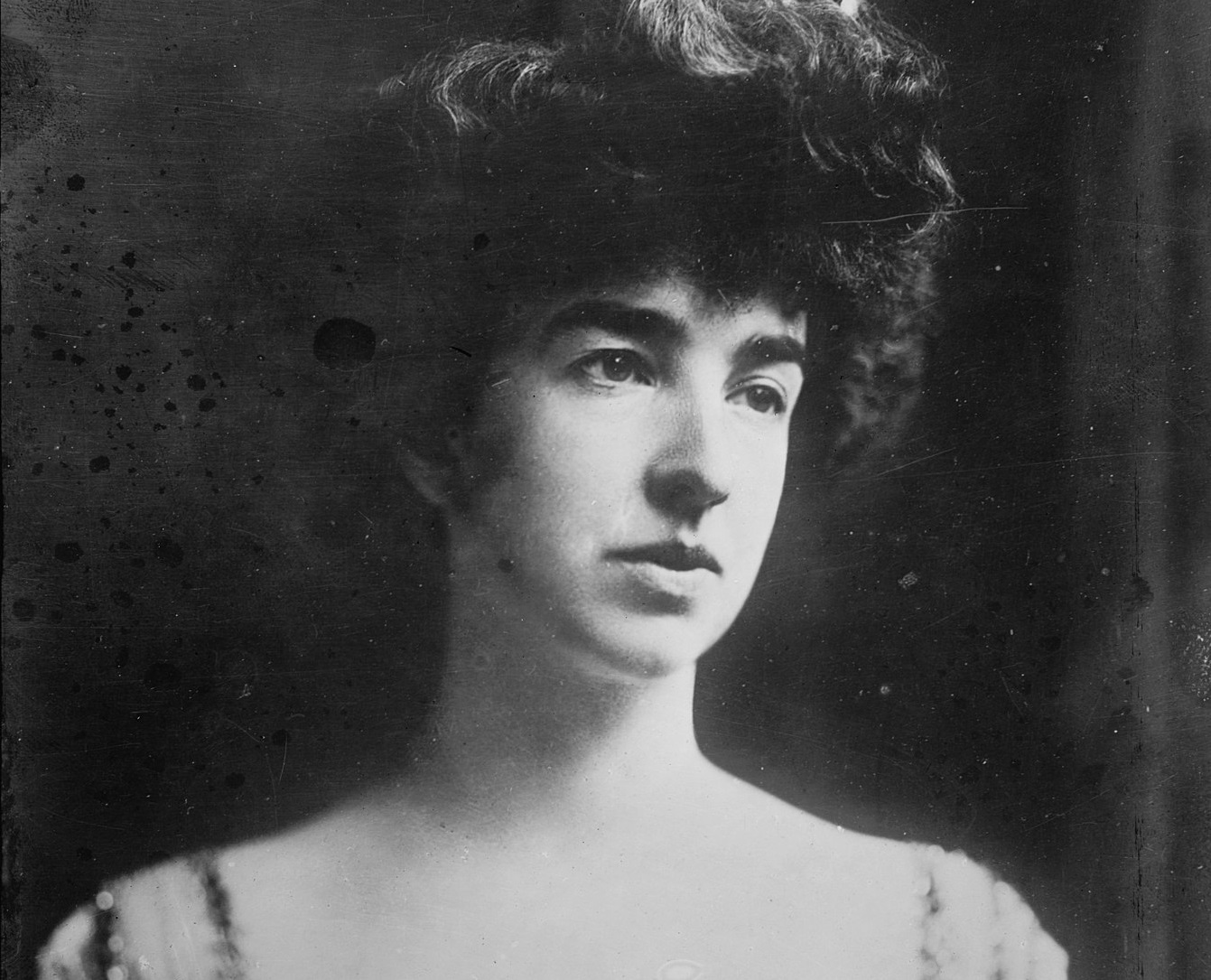 Bain News Service, Wikimedia Commons
Bain News Service, Wikimedia Commons

History's most fascinating stories and darkest secrets, delivered to your inbox daily.
10. She Was Forced To Be “Normal”
Already highly concerned with her daughter’s image, we can only imagine her mother’s shock at the affair. She banned her daughter from seeing Esther, and deemed that the end of the whole thing. Teenagers tend to be headstrong about young love, and Esther kept on writing letters. Gertrude’s reaction, however, was unexpected.
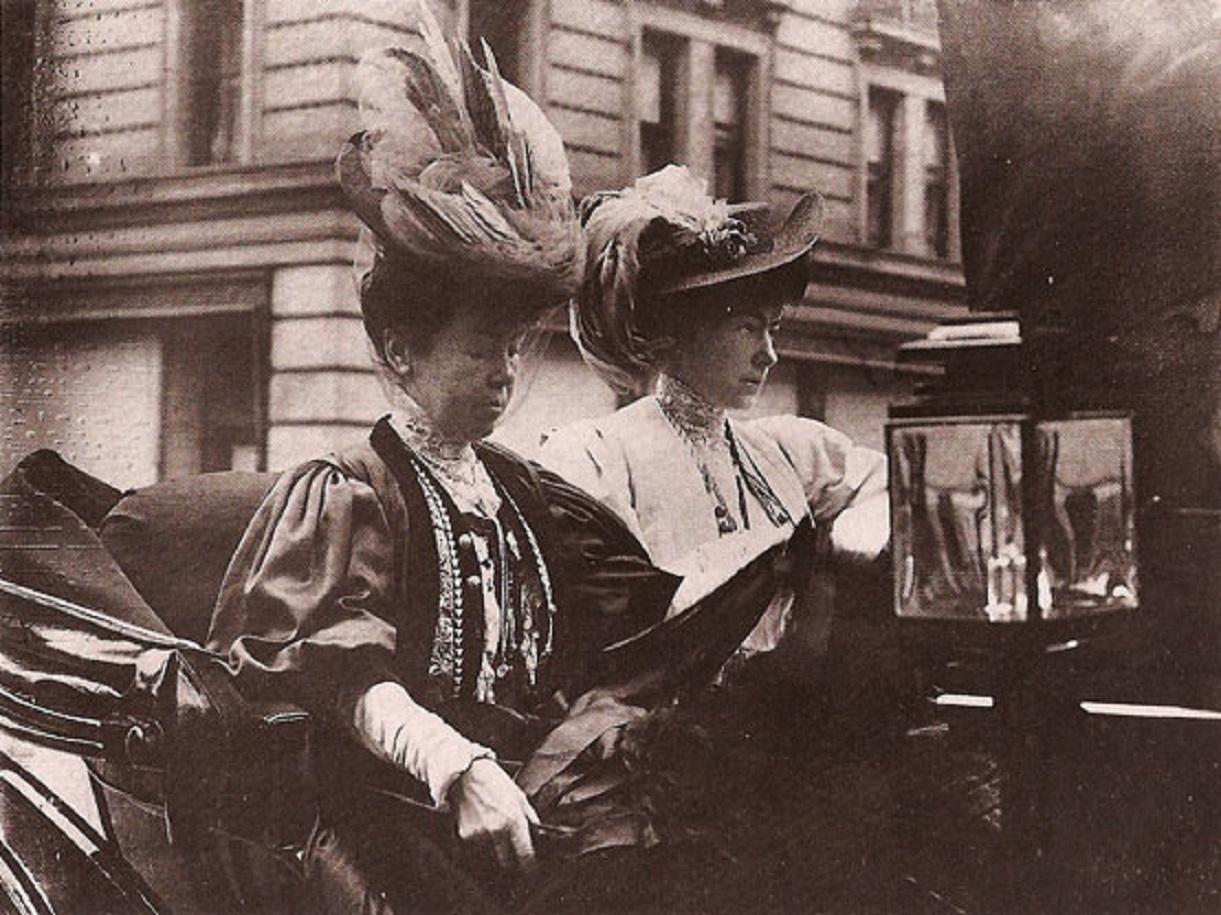 Unknown author, Wikimedia Commons
Unknown author, Wikimedia Commons
11. She Did The “Right” Thing
By some accounts, Gertrude turned her attention to several male interests, and all without sullying her good name. She settled on Harry Whitney. He didn’t have quite as much money as her family did, but his fortune was nothing to turn your nose at. With money coming in from oil, banking, and more, he made a fitting match—or, he was supposed to anyway.
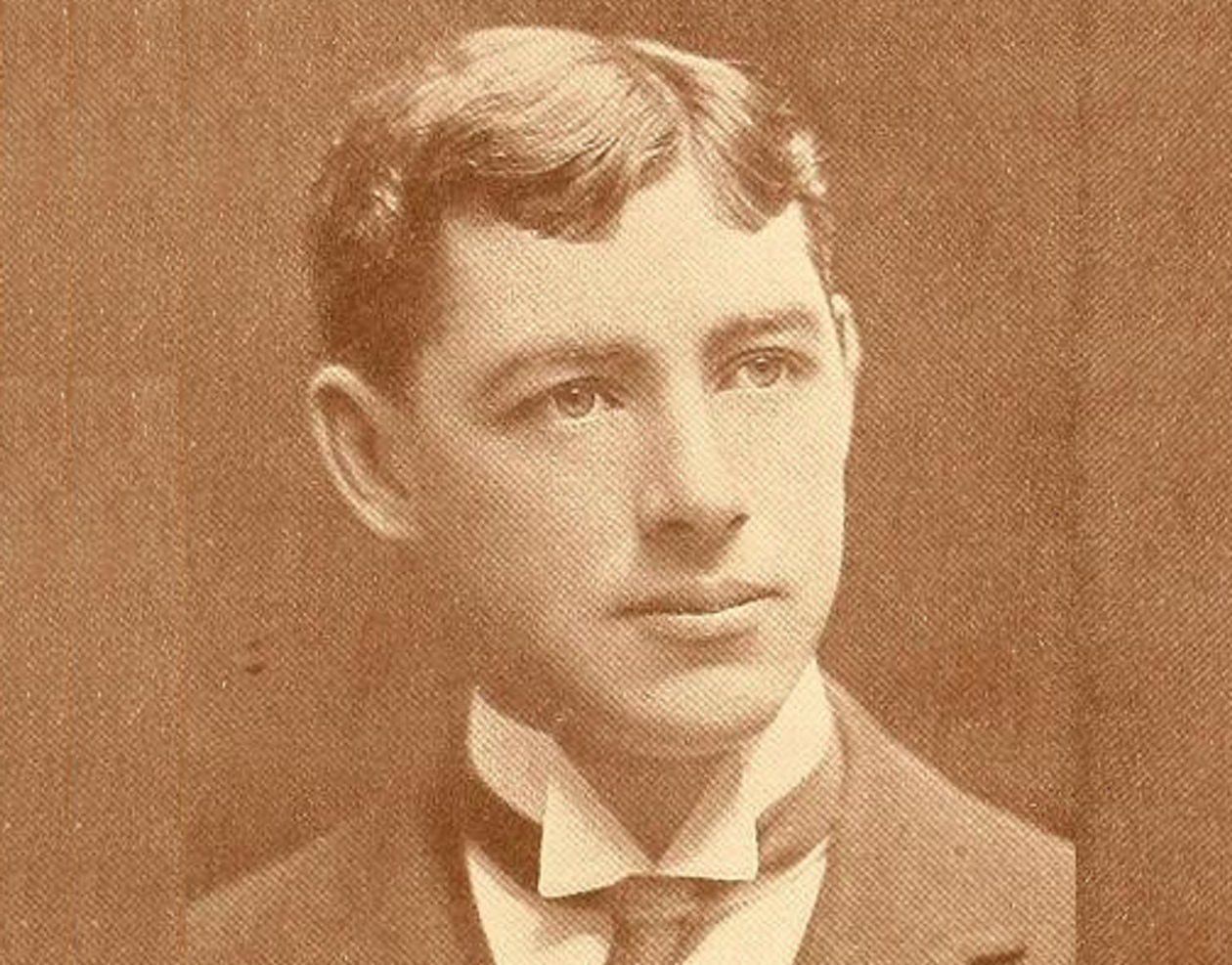 Unknown photographer, Wikimedia Commons
Unknown photographer, Wikimedia Commons
12. She Didn’t Fit In
Once married, Gertrude Vanderbilt Whitney turned her attention to fulfilling the role of a dutiful socialite wife. She birthed her first child a year after marrying, and her second two years later. Gertrude played her part in throwing and attending extravagant events. She must have done it well, too, considering the shock twist that came next in her life.
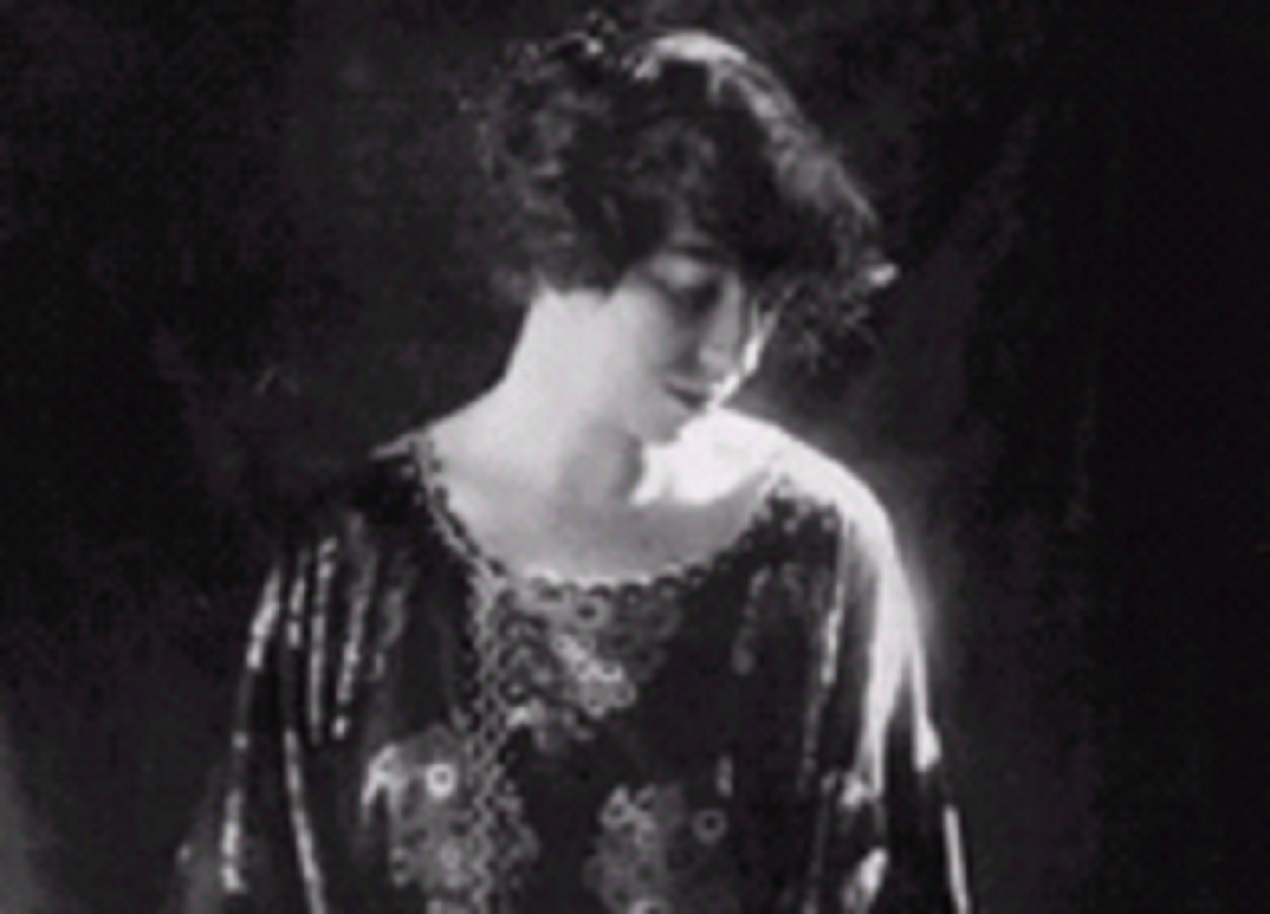 Unknown author, Wikimedia Commons
Unknown author, Wikimedia Commons
13. She Was A Daddy’s Girl
When her father passed in 1899, an unusual decision came to light. Rather than leaving the family fortune to one of her several older brothers, he left it all to her. This made a very unique move at the time, as men held far more status than women in most arenas. She managed to leave her father impressed, but her husband proved a harder judge.
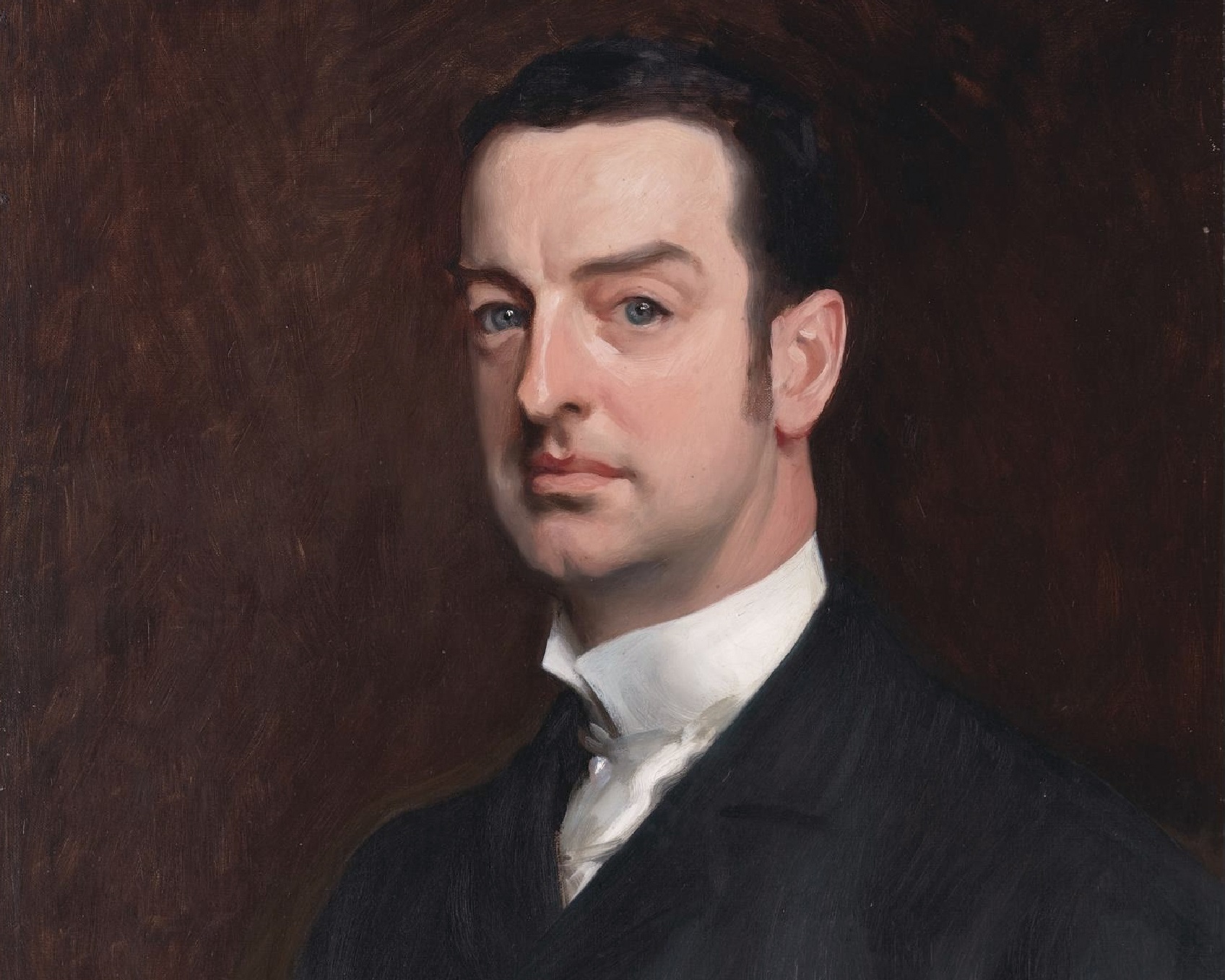 John Singer Sargent, Wikimedia Commons
John Singer Sargent, Wikimedia Commons
14. Her Husband Made Himself Scarce
While Gertrude busied herself attending to her new family image, her new husband spent copious amounts of time with his father. The two indulged in rich man’s play, making investments, playing polo, and buying expensive racehorses. Gertrude likely felt the sting of his rejection—but he had even more hurtful things in store for her.
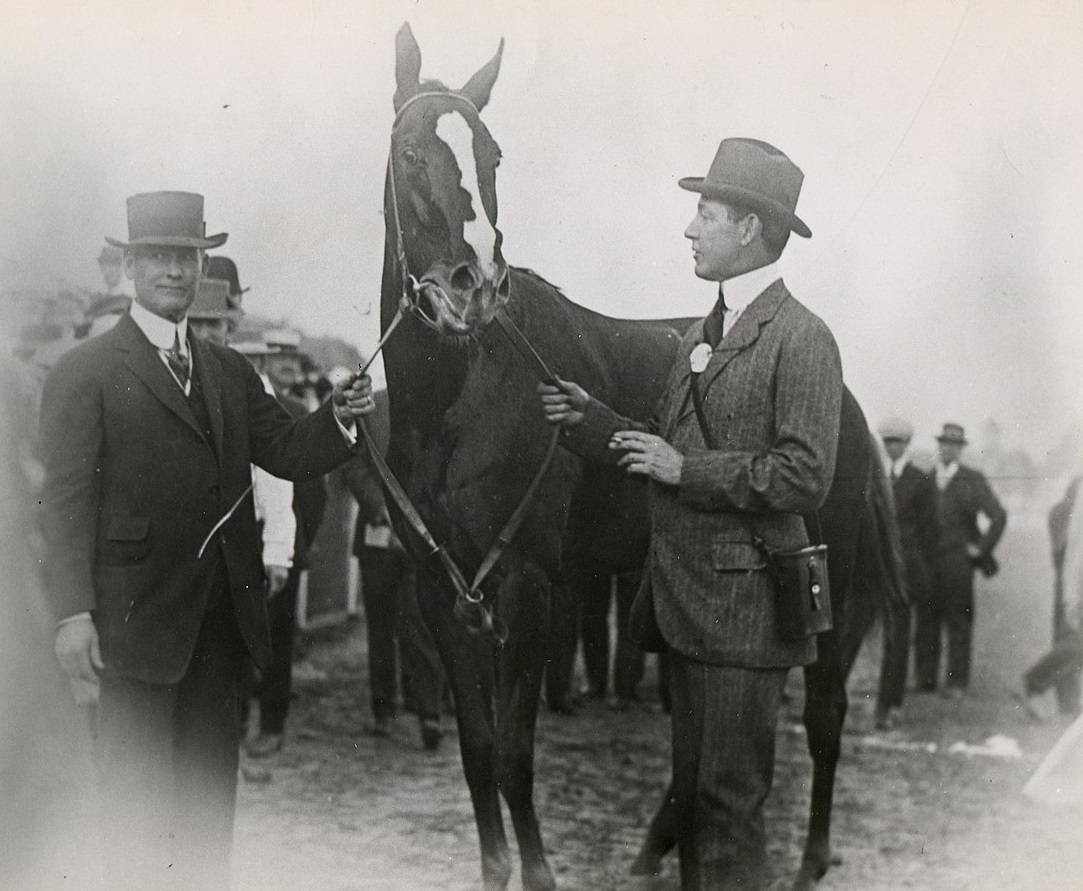 Unknown author, Wikimedia Commons
Unknown author, Wikimedia Commons
15. Her Husband Was A Playboy
Gertrude’s marriage to Harry started as a fairy tale—but it quickly turned into a horror story. Harry had a heck of a wandering eye. With all his money and assets, he likely appealed to just about any woman in want of a good time. Unfortunately for Gertrude, she actually felt deeply in love with her husband, and struggled with his affairs. A trip to the other side of the world eventually changed everything.
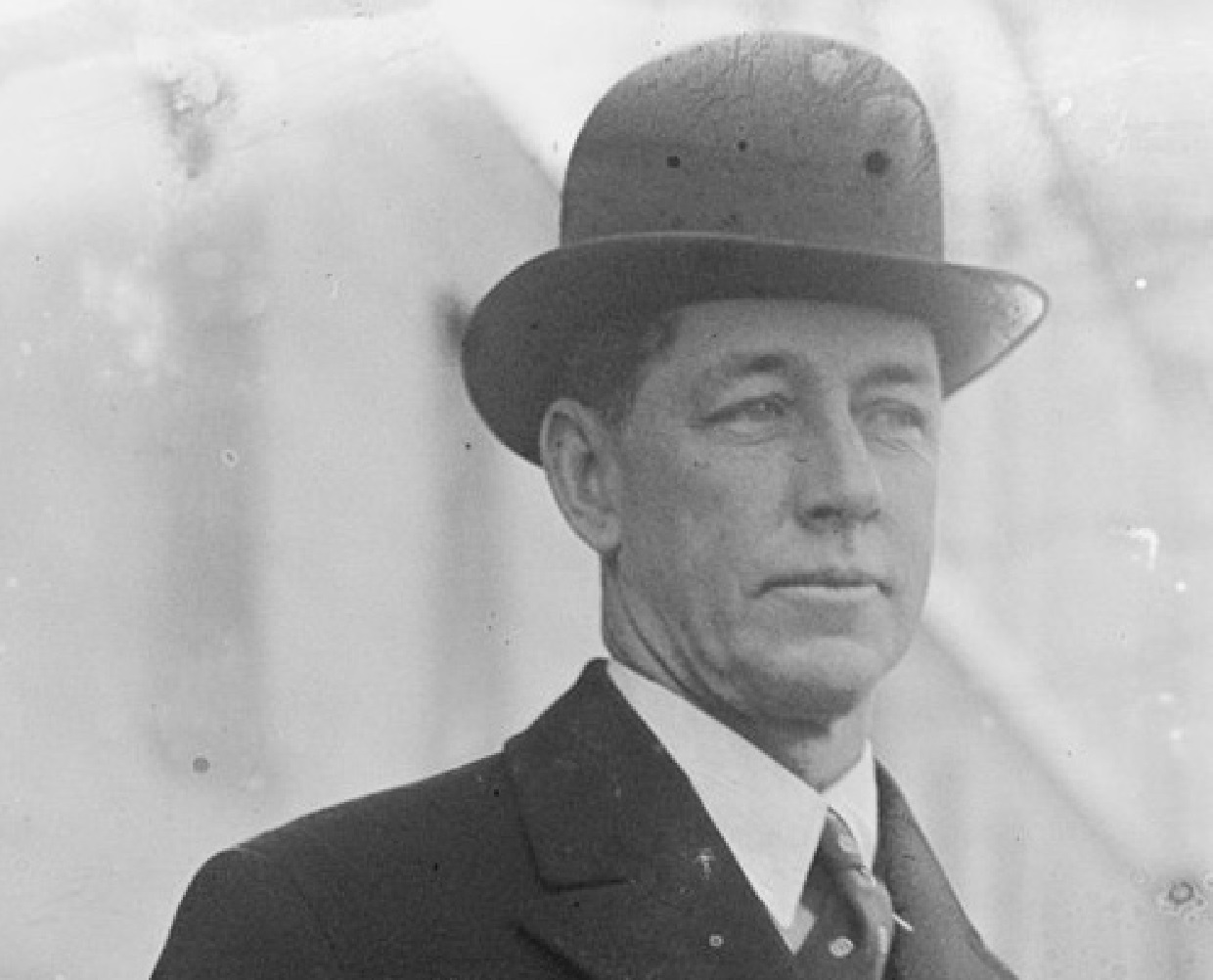 National Photo Company Collection, Wikimedia Commons
National Photo Company Collection, Wikimedia Commons
16. She Fell In Love Again
Gertrude Vanderbilt Whitney and her husband visited Paris in 1901, leaving the children behind. She used the time to herself to discover a new love—art. France’s fine art and artists inspired her, and she decided to pursue her own passion for art, especially sculpture. She threw herself into these pursuits, but not without another try at making her marriage better.
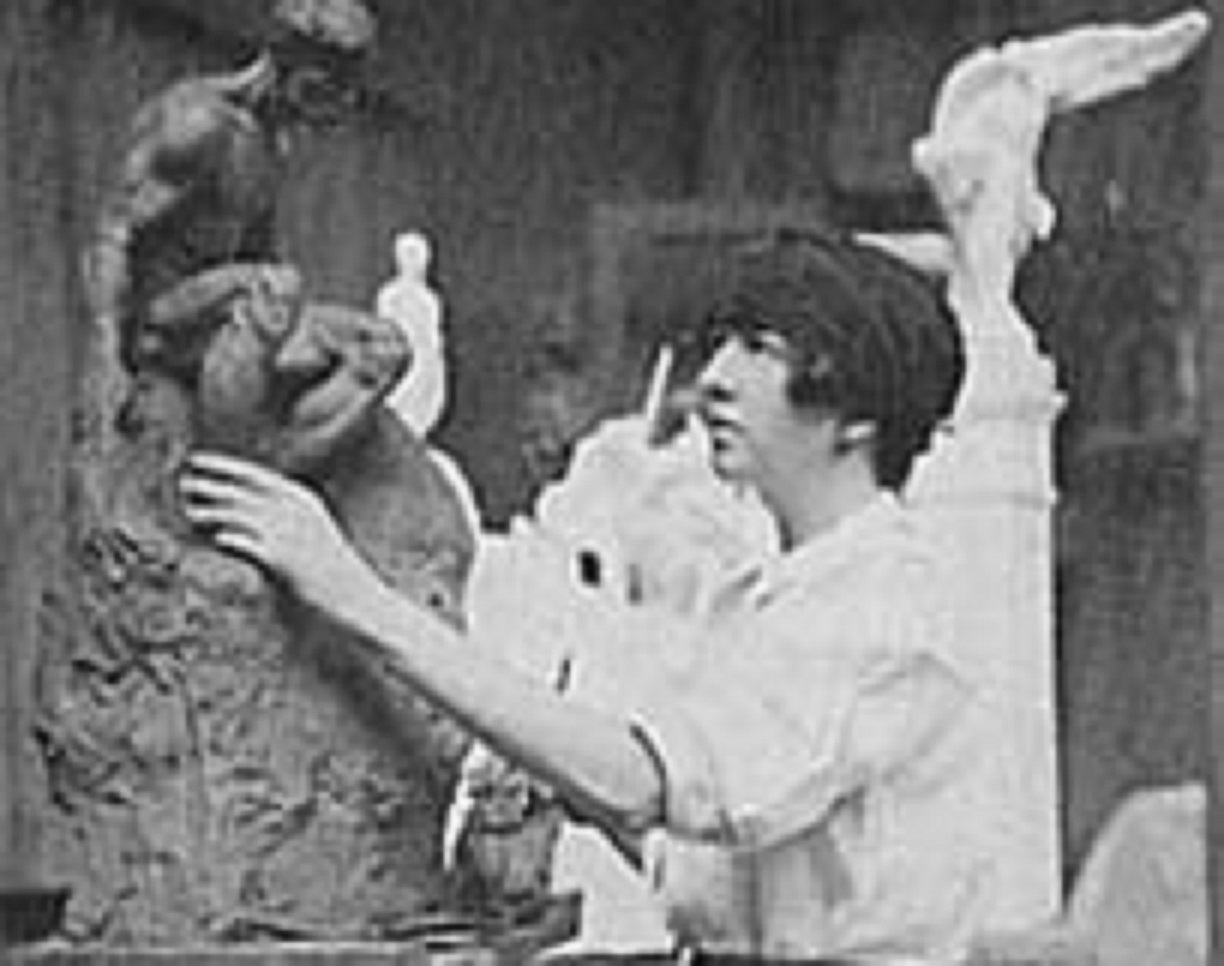 Unknown author, Wikimedia Commons
Unknown author, Wikimedia Commons
17. She Used A Baby
Gertrude Vanderbilt Whitney birthed her third child, Barbara, in 1903. According to some notes in her journals from the time, it seems she did so in an attempt to reignite her husband's love and interest in her. She also threw herself into more charity work, hoping to win his attention. Try as she might, her husband turned out to be quite unphased.
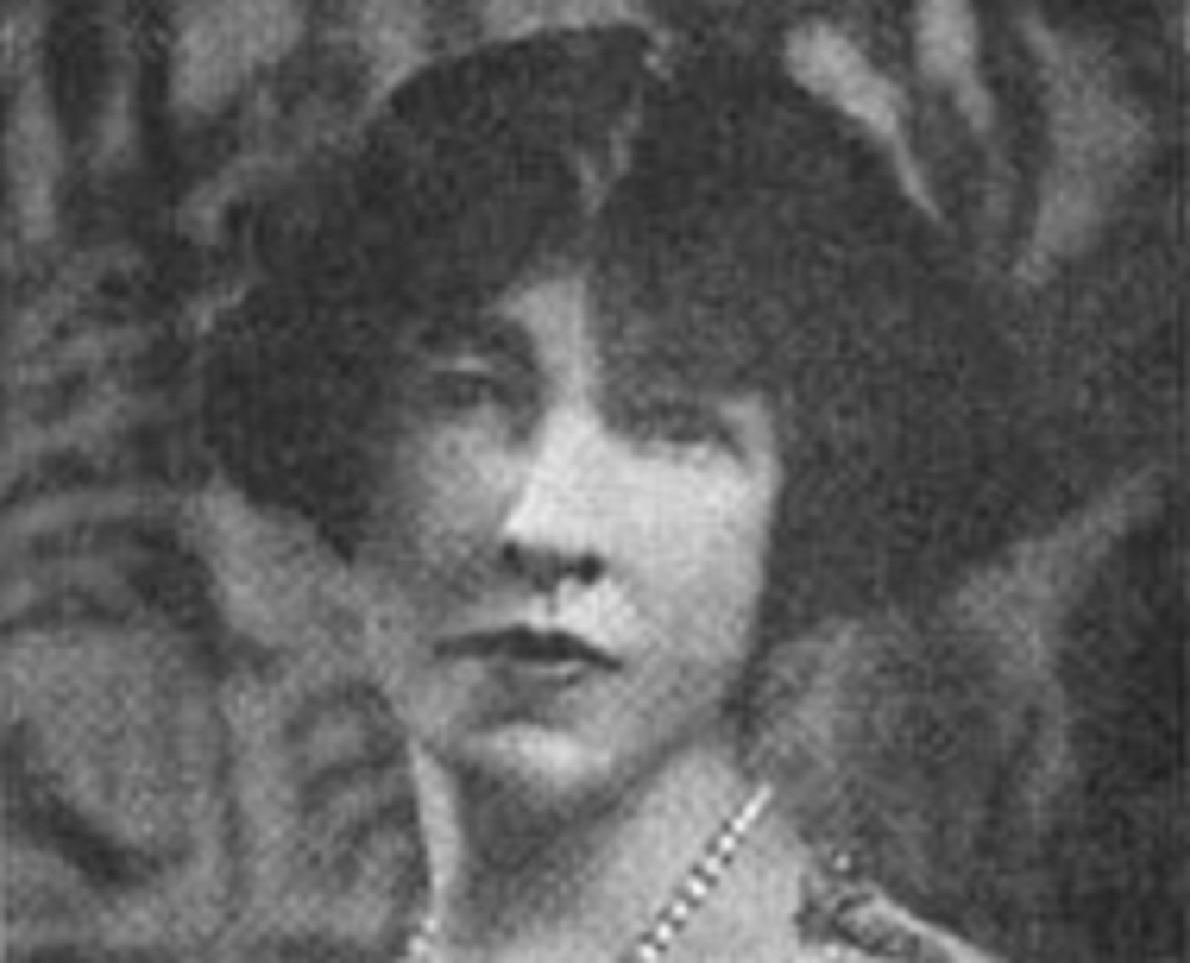 Unknown author, Wikimedia Commons
Unknown author, Wikimedia Commons
18. She Sank Into Depression
Gertrude struggled after having her last baby. Her husband’s unaffected demeanor likely didn’t help at all. Neither did her suspicions (which were most likely correct) that he continued to mess around with other women. She turned back to art—but it brought more problems than expected.
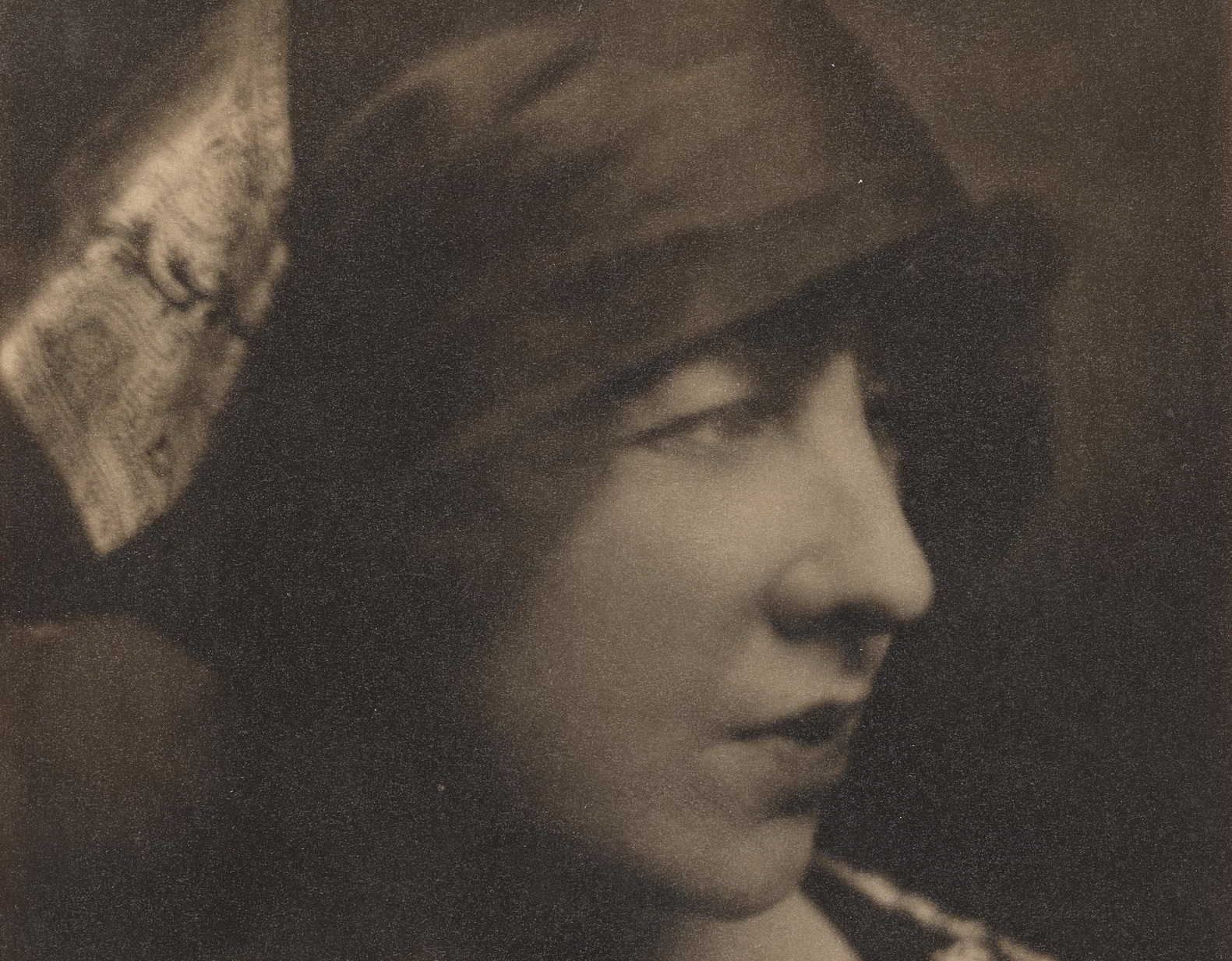 Archives of American Art, Wikimedia Commons
Archives of American Art, Wikimedia Commons
19. She Wasn’t Man Enough
If Gertrude Vanderbilt Whitney paid more attention to the customs of the time than her own desires, we’d likely know nothing of her art. Men dominated the art scene in the early 1900s, making it difficult for any woman to succeed widely in that arena. In short, she had a much longer climb to the top than her male counterparts. But that wasn’t the only issue.
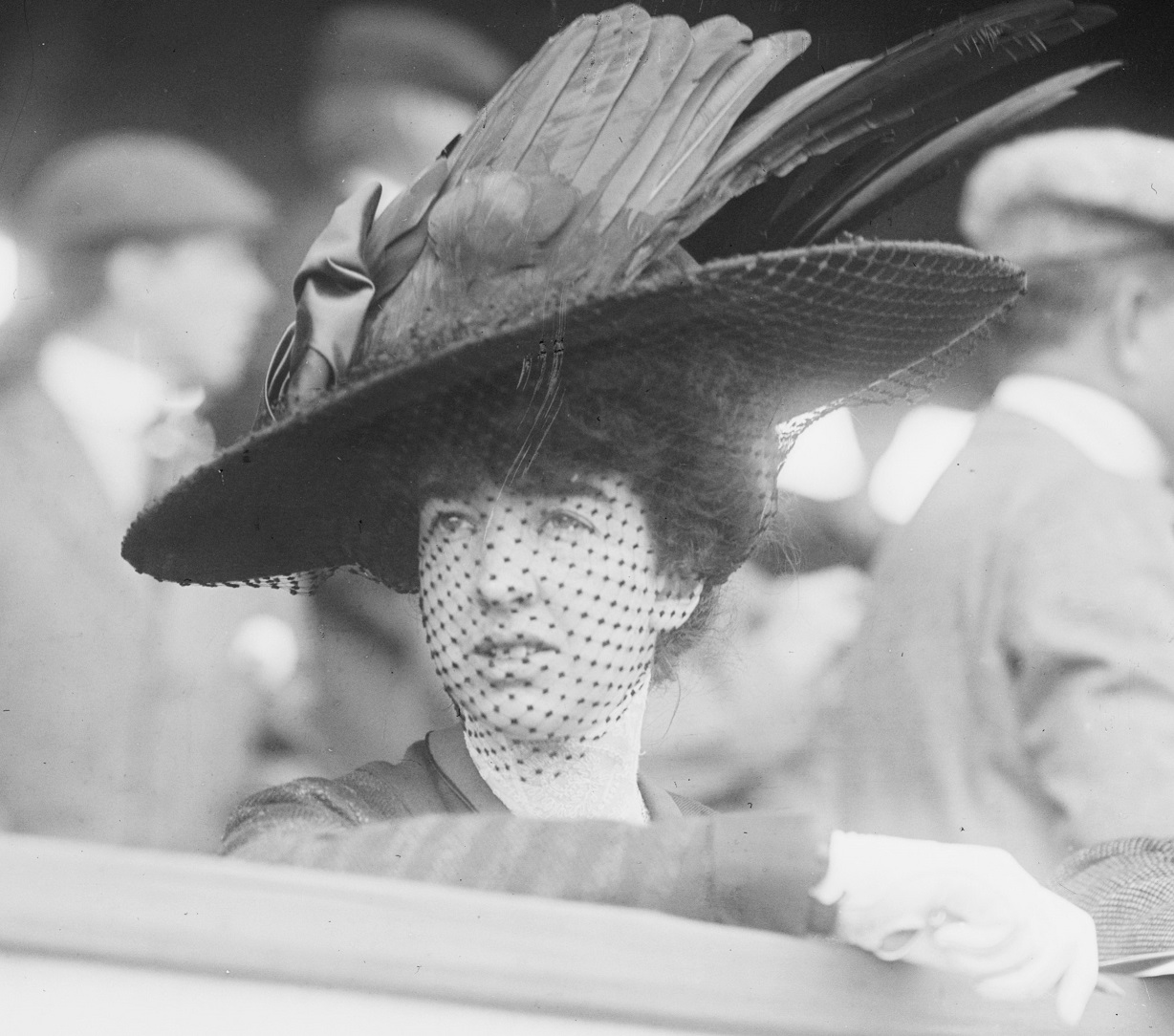 Bain News Service, Wikimedia Commons
Bain News Service, Wikimedia Commons
20. Her Money Made Things Harder
Surprisingly, her massive wealth gave her another mountain to overcome. As a woman of great status, many onlookers considered her interest in art just another rich person's vice. Furthermore, when she began doing art, the idea of her being paid for it upset artists in need, while her refusing payment devalued the whole business. It all seemed lose-lose.
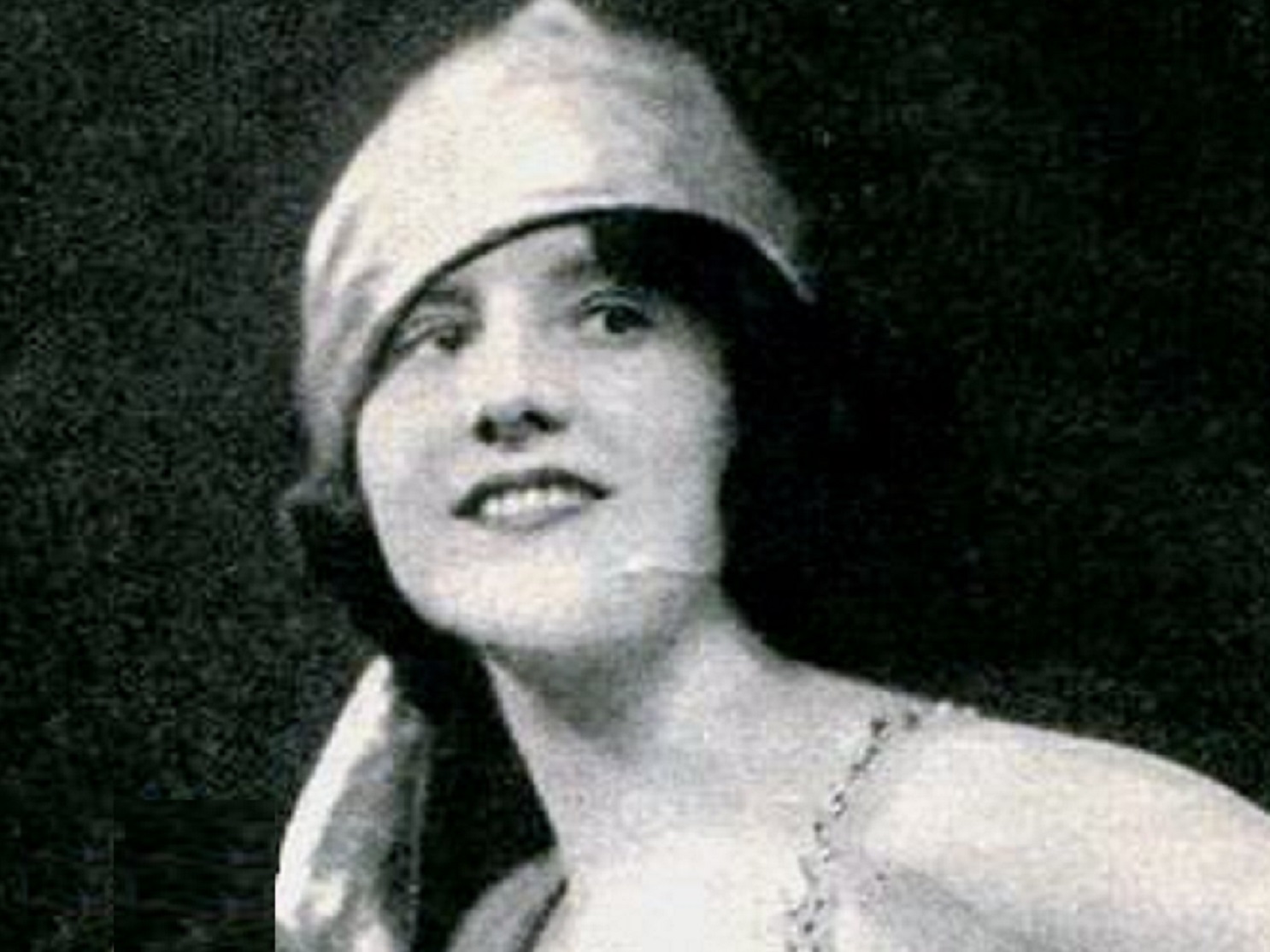 Alfred Cheney Johnston, Wikimedia Commons
Alfred Cheney Johnston, Wikimedia Commons
21. Her Mother Hated Her Choice
The pressure from the outside mounted as she pursued a career in art, but the pressure from within her family mounted as well. Her mother’s opinionated voice rang in her ears, calling the whole thing inappropriate. The very idea of her daughter painting unclothed bodies disturbed her. Gertrude’s husband didn’t feel too keen on it either.
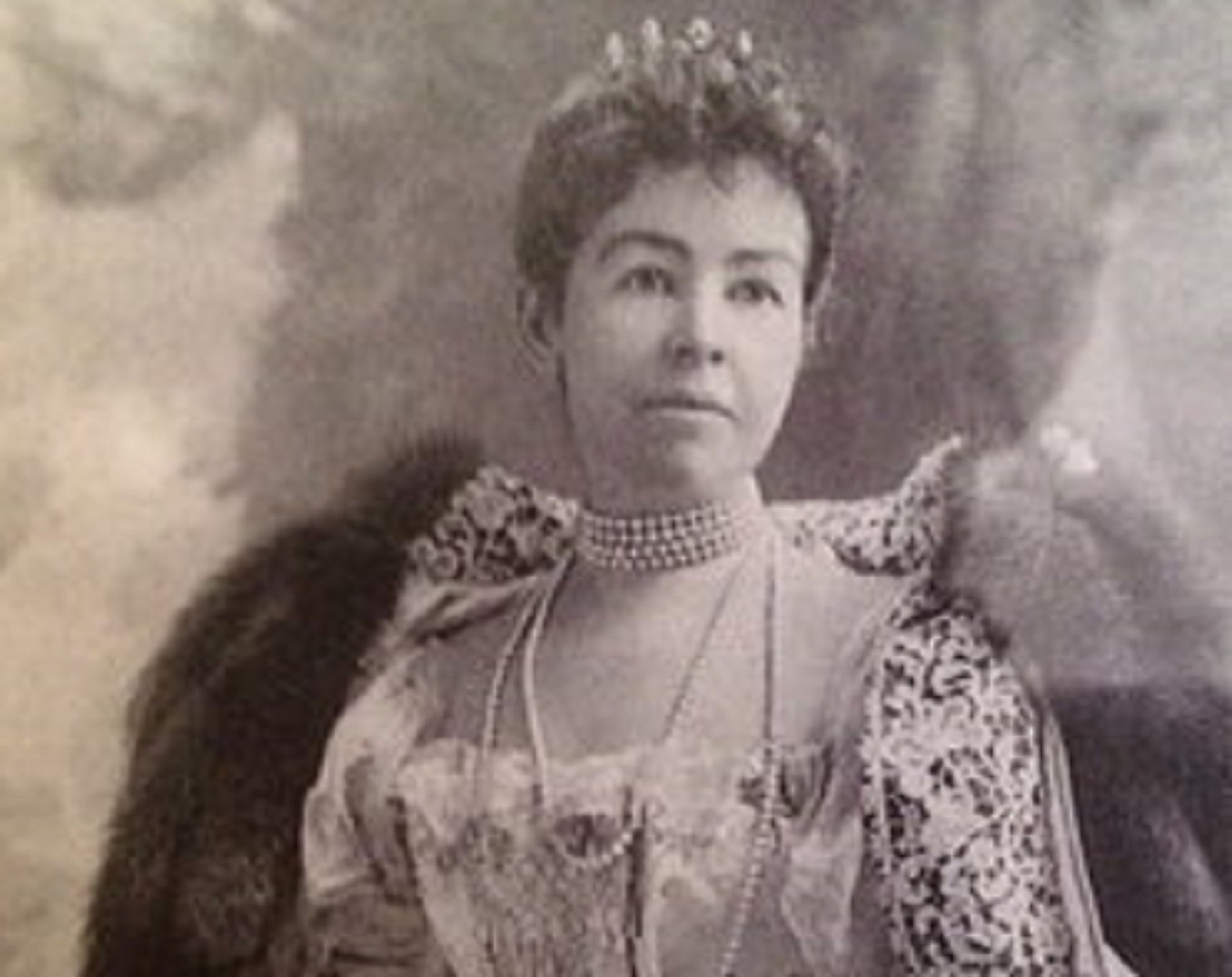 Unknown author, Wikimedia Commons
Unknown author, Wikimedia Commons
22. Her Husband Tired Of Her
Whitney didn’t find any interest in Gertrude’s artistic pursuits, and allegedly found her wholehearted dedication to the arts to be a nuisance. This isn’t surprising, as he likely expected a typical socialite wife when he married her. Still, with no major support on either end, Gertrude still did things her own way, no matter how unusual.
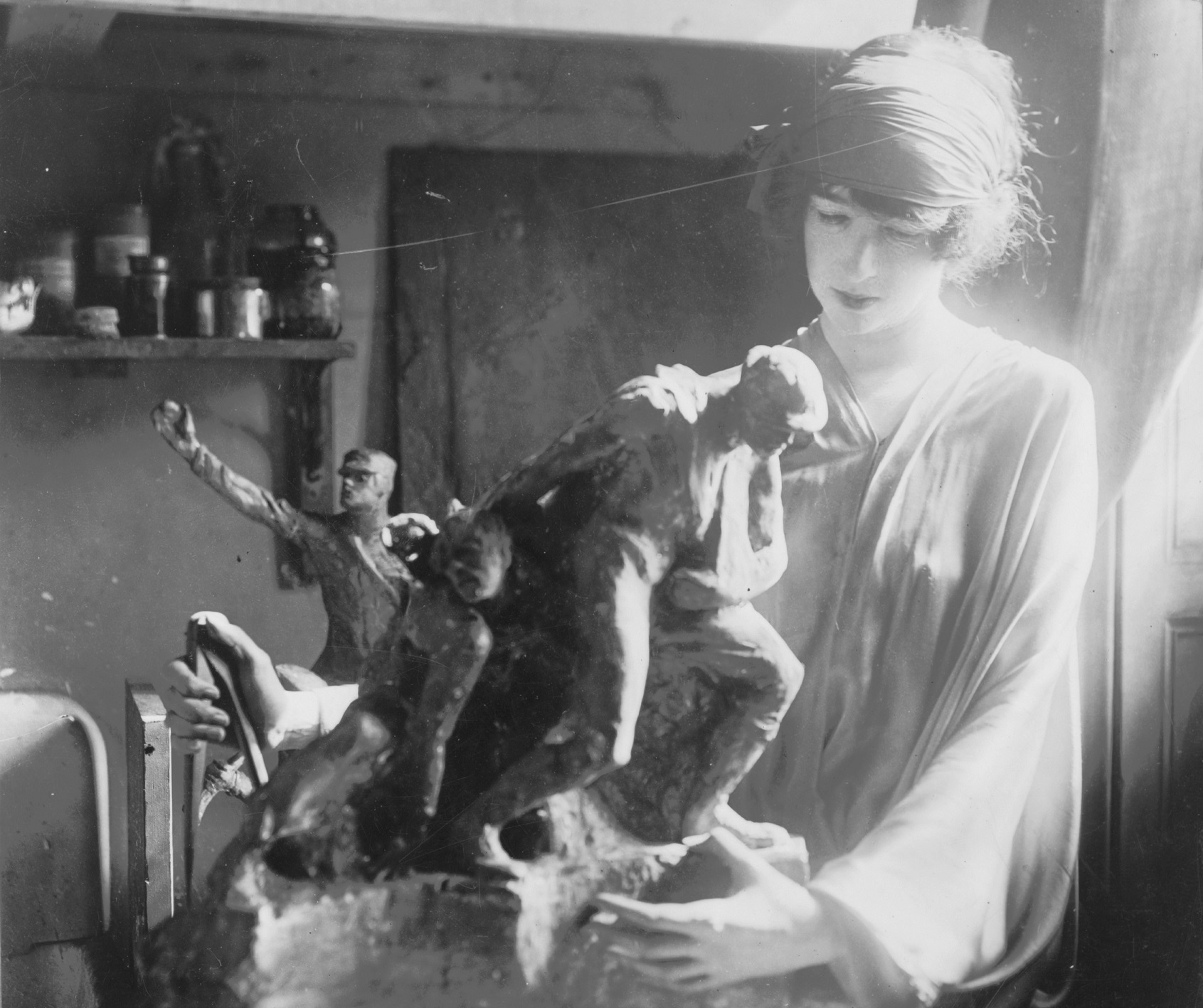 Library of Congress, Wikimedia Commons
Library of Congress, Wikimedia Commons
23. She Faked It
Gertrude Vanderbilt Whitney used her resources to study her craft and learn from great artists. Her work paid off, with her first commission being displayed at the Pan American Exposition in New York in 1901. Rather than having her status affect her work, she came up with a plan. Whitney produced the sculpture under a pseudonym. Considering the sculpture itself, she probably had other reasons to be secretive.
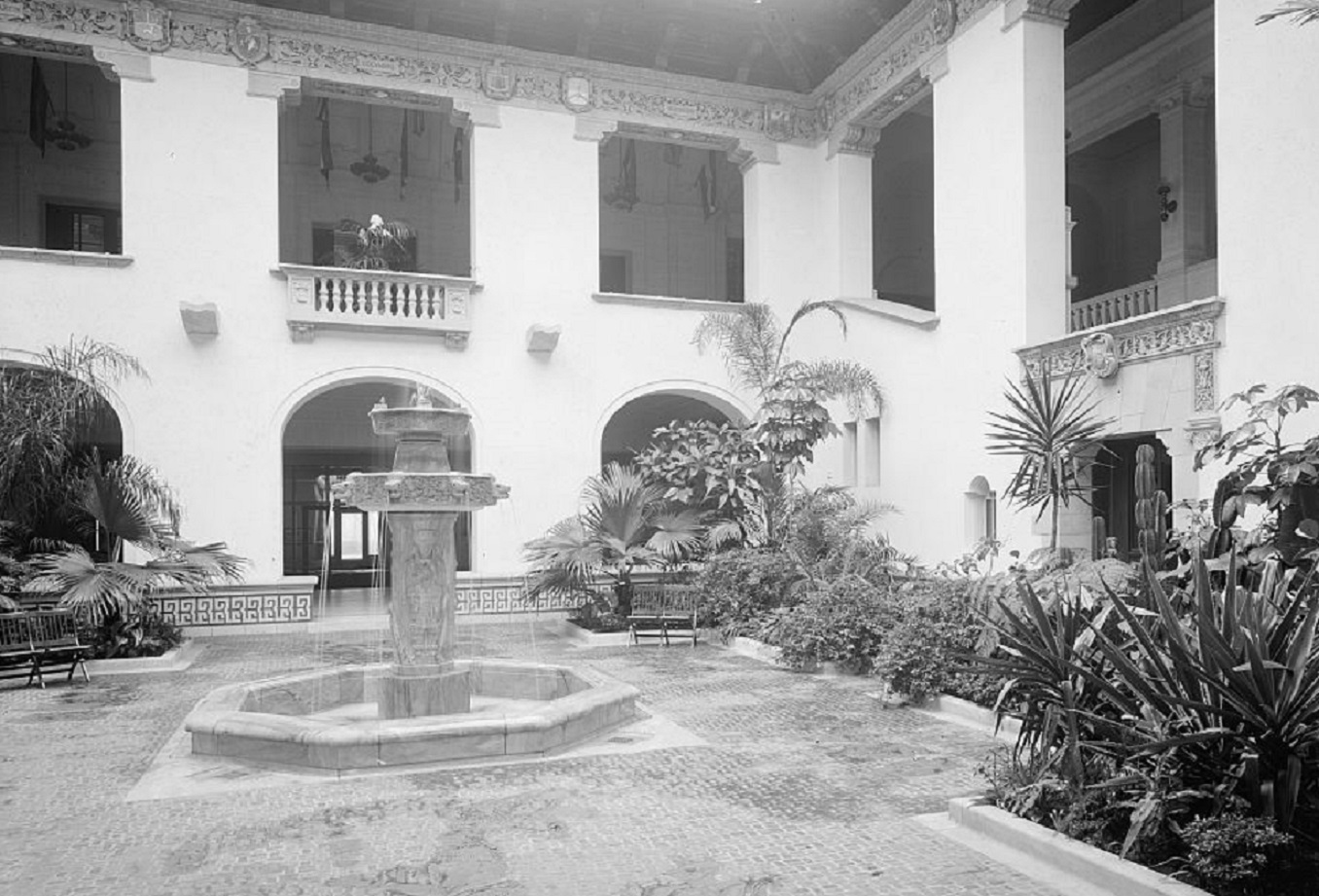 Detroit Publishing Co., Wikimedia Commons
Detroit Publishing Co., Wikimedia Commons
24. She Loved The Body
Aspiration, Gertrude’s first commission, featured the intricacies of the male body—completely in the buff. The thing is, artists often portrayed the uncovered human body during that era. However, Gertrude’s womanhood complicated things. And when she eventually did begin creating under her own name, her situation got even stickier.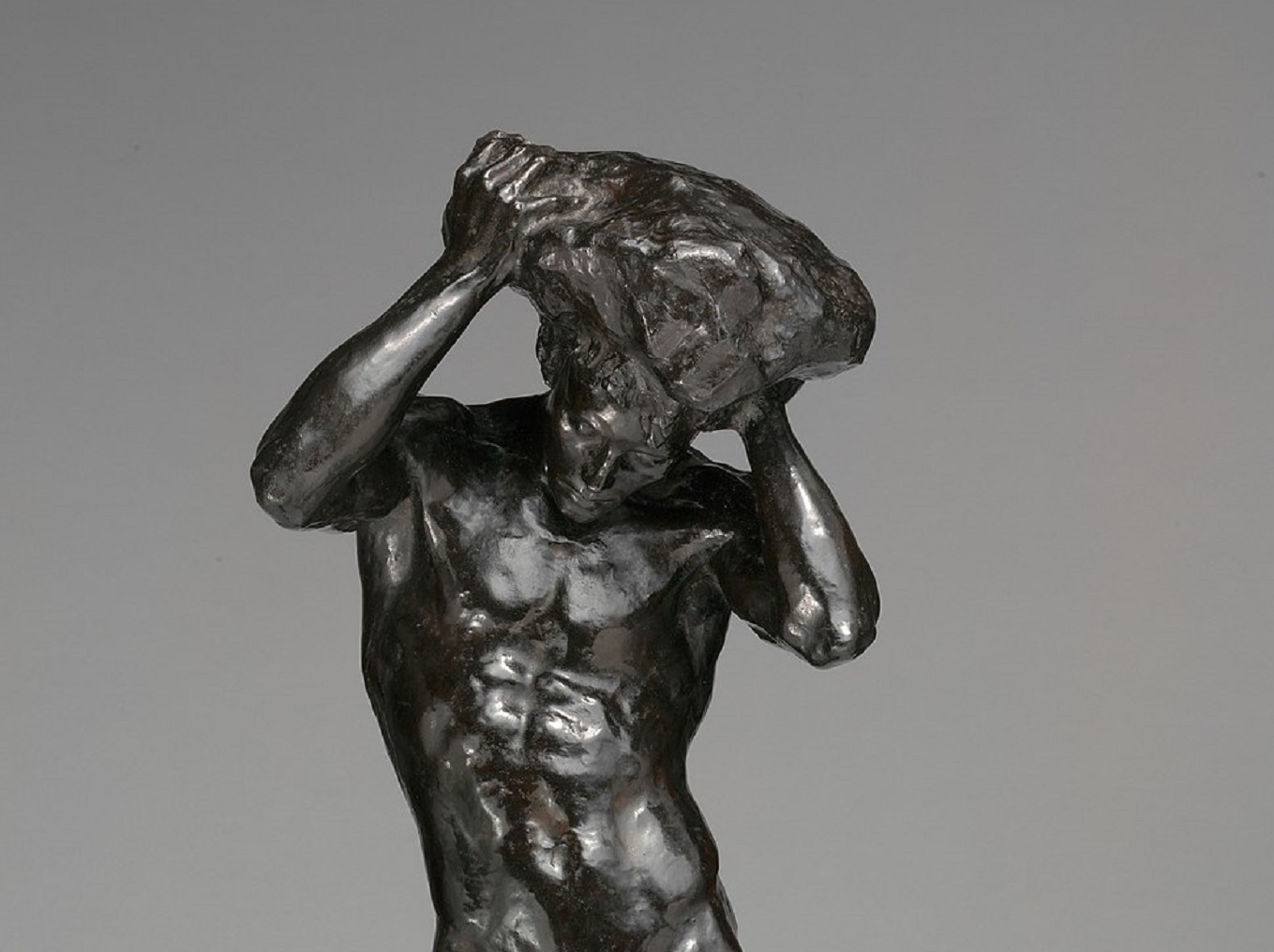 Gertrude Vanderbilt Whitney, Wikimedia Commons
Gertrude Vanderbilt Whitney, Wikimedia Commons
25. She Made The Hot Gossip
The lives of the New York elite made excellent fodder for the American gossip mills at the time. Even well-known papers like the New York Times chronicled the lives of the rich for entertainment. As such, when Gertrude opened an art studio in a New York alley in 1907, she caused quite the stir. She was more than just a rich girl, and continued to prove it.
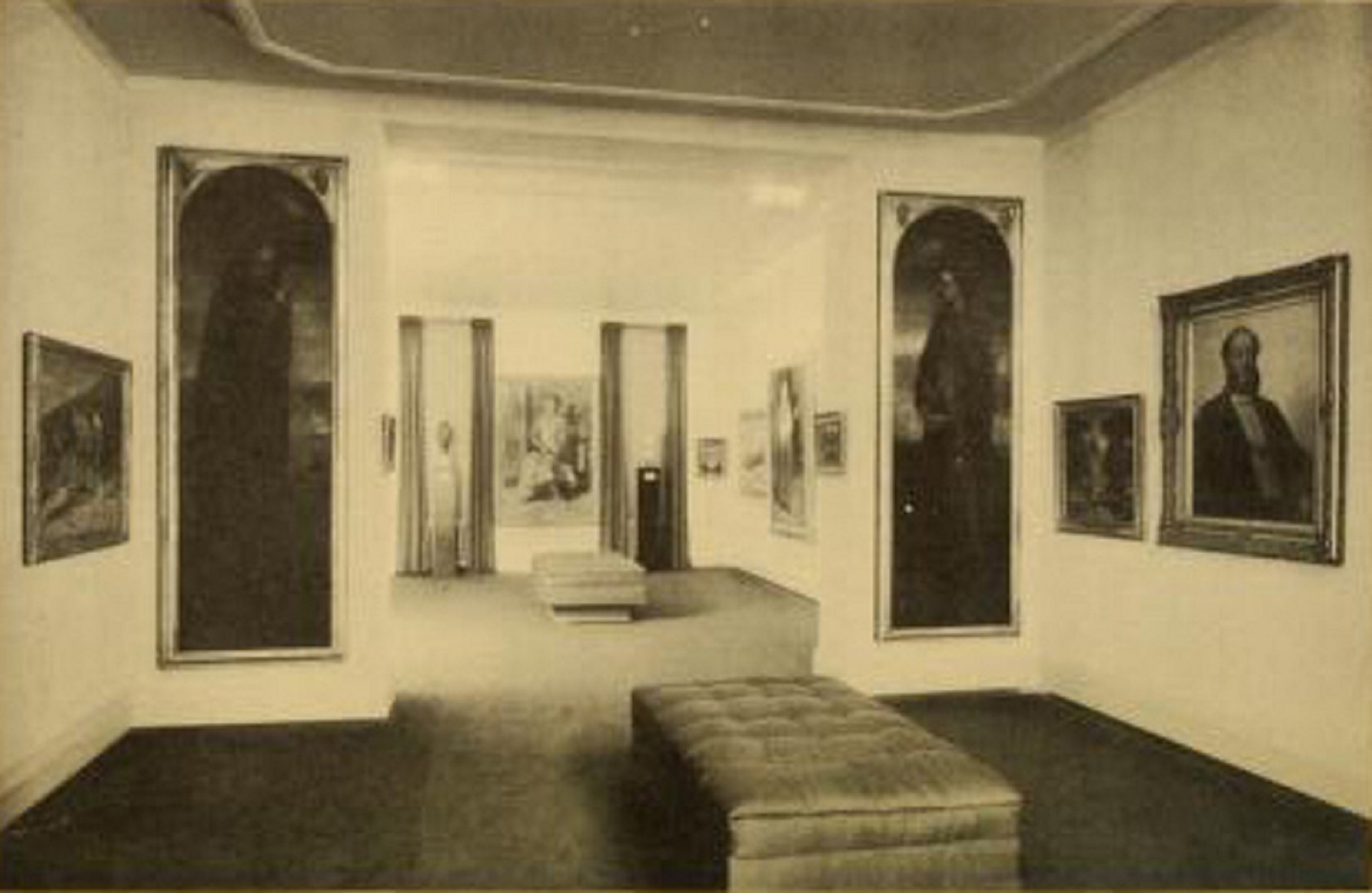 Whitney Museum of American Art, Wikimedia Commons
Whitney Museum of American Art, Wikimedia Commons
26. She Did What She Wanted
Gertrude’s growing success within the world of art emboldened her as she continued to push boundaries. While critics questioned the politics of a woman painting very accurate anatomical depictions, she made another splash with a sculpture for the Daughters of the American Revolution outlining a woman’s curvy body. She didn’t shy away from her own body, either.
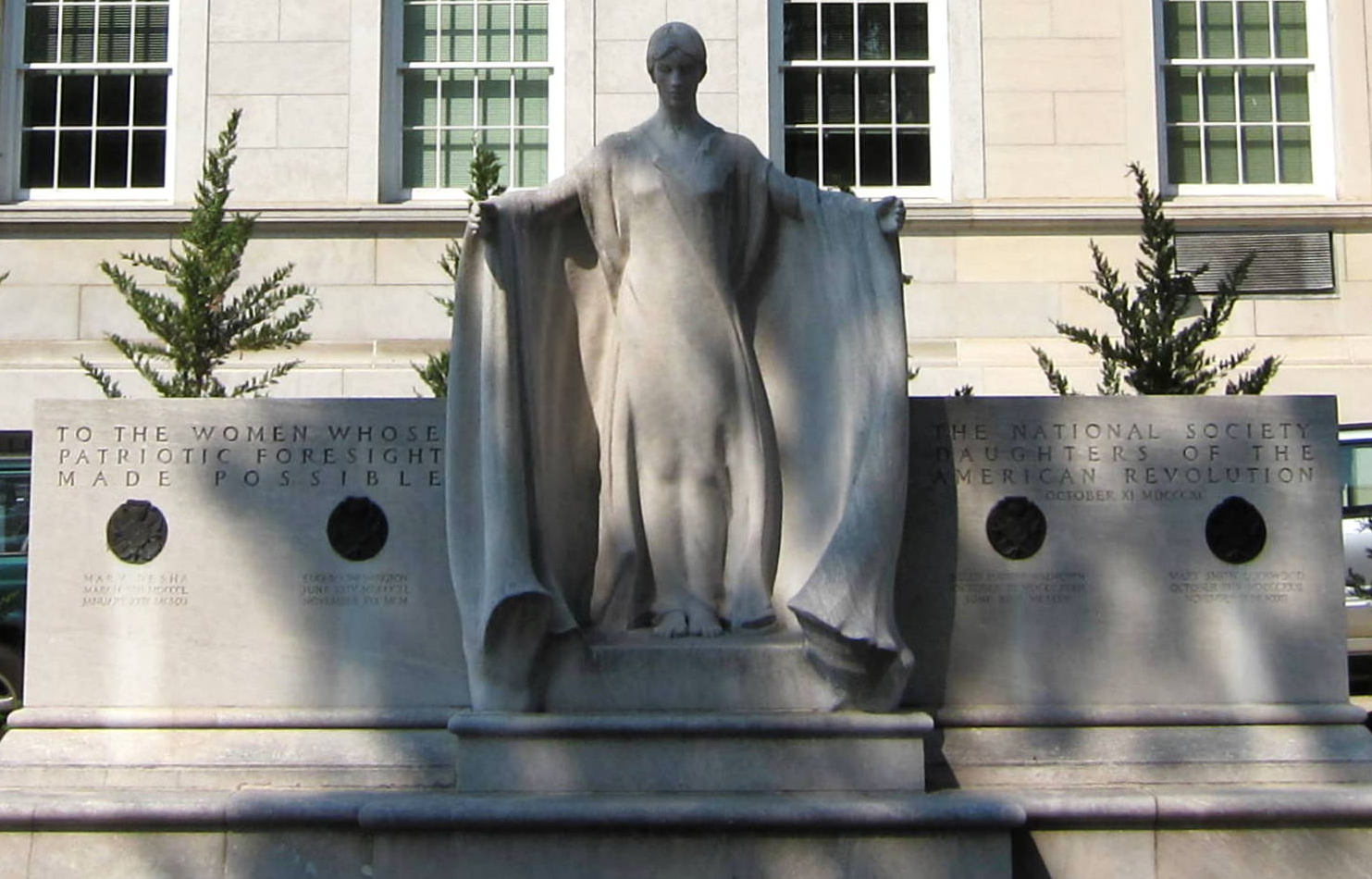 AgnosticPreachersKid, CC BY-SA 4.0, Wikimedia Commons
AgnosticPreachersKid, CC BY-SA 4.0, Wikimedia Commons
27. Her Outfits Made A Statement
Considering her tomboyish childhood years, her more seductive young womanhood bears noting. In the musings of her granddaughter down the years, Gertrude is remembered as someone who “loved sensuous clothes”. This couldn’t have been particularly unusual for women of the time, but her elevation of this self-love likely was.
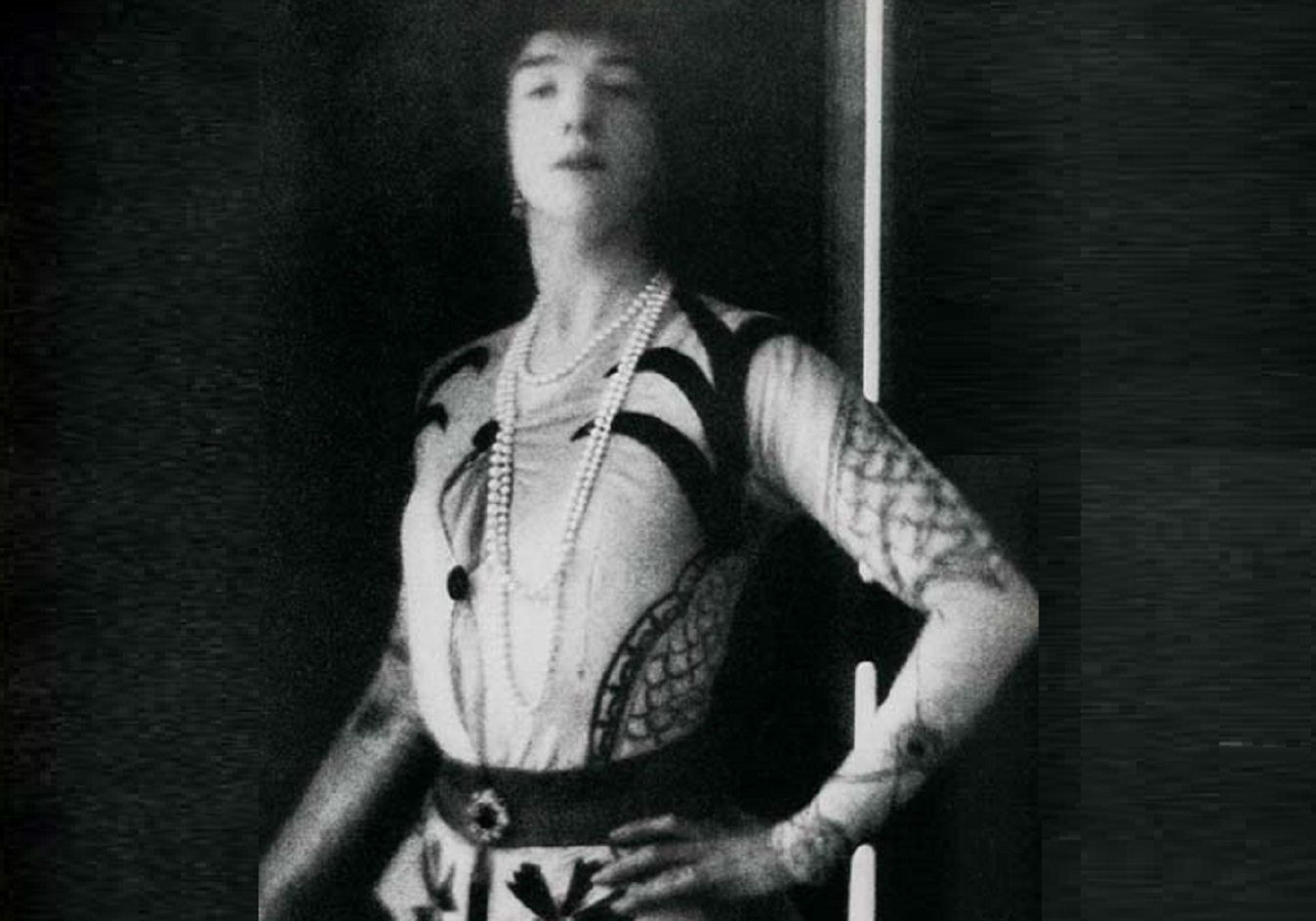 Adolf de Meyer, Wikimedia Commons
Adolf de Meyer, Wikimedia Commons
28. She Put Herself on Display
In 1916, Gertrude Vanderbilt Whitney personally requested a painting of herself from artist Robert Henri. The painting shows her reclined on a chair in a very luxurious, silky set of pajamas. By today’s standards, she looks like a perfectly presentable and modest individual. But by the standards of her time, the picture looked perfectly scandalous.
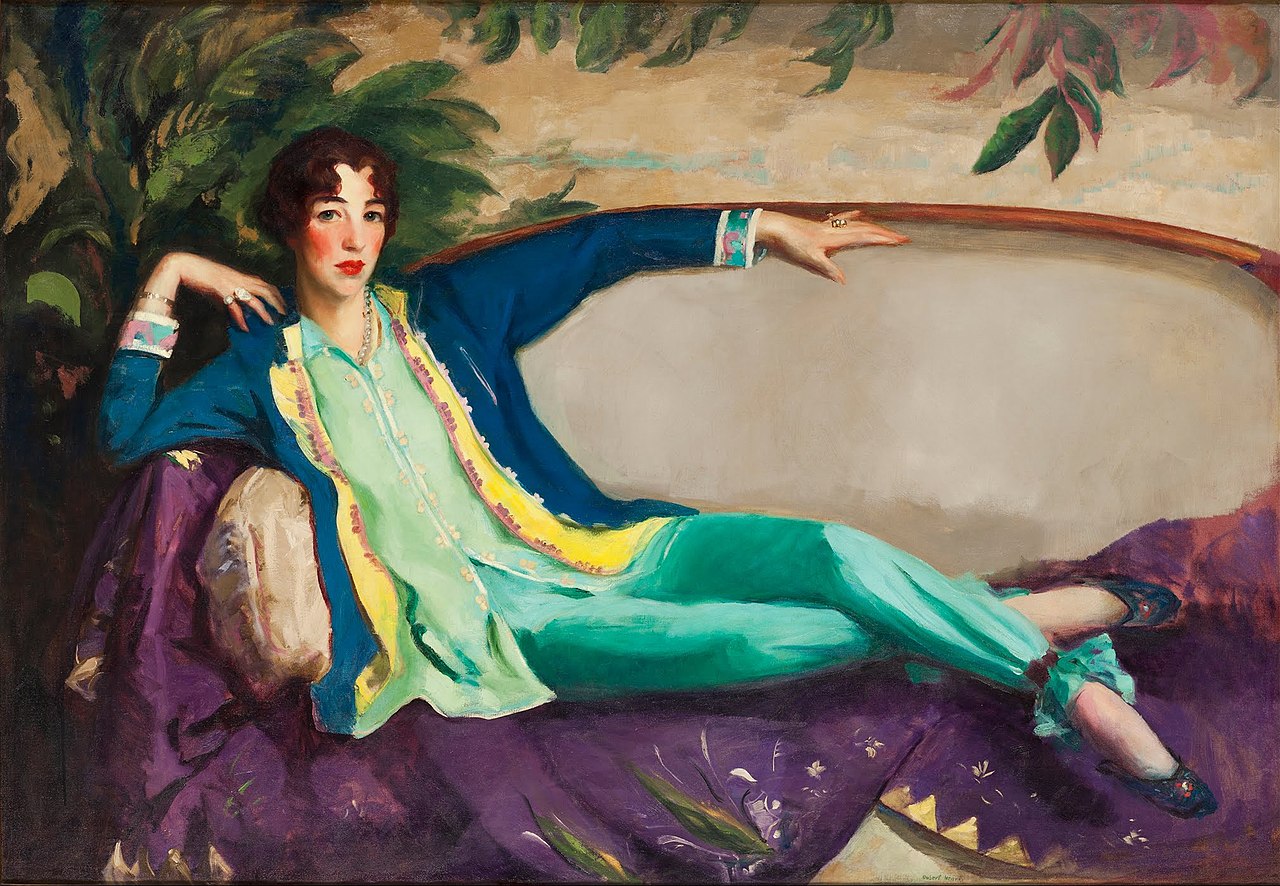 Robert Henri, Wikimedia Commons
Robert Henri, Wikimedia Commons
29. Her Husband Couldn’t Stand It
When Harry Whitney saw the painting of his wife, his reaction was brutal. He outright refused to let his wife display this painting of her in their home, probably thinking it totally lewd. Seems like he couldn’t quite take what he dished out, considering continuing reports of his trysts with other women. Still, though her marriage was a lot less than perfect, her relationship with art continued to burn bright.
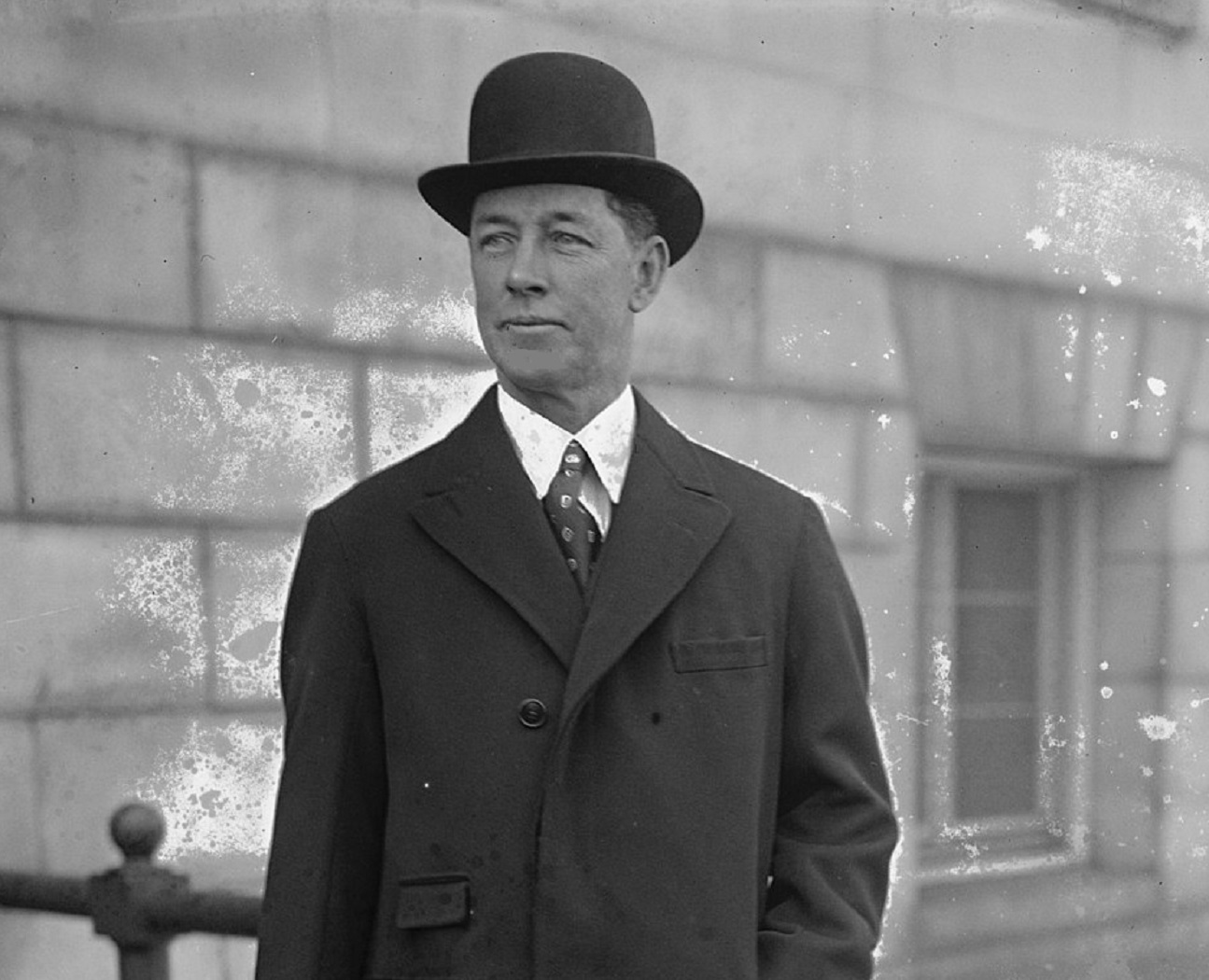 National Photo Company Collection, Wikimedia Commons
National Photo Company Collection, Wikimedia Commons
30. Tragedy Inspired Her
As her family and critics went on disparaging her efforts, worldwide catastrophe motivated Gertrude to carry on with her passion. When WWI began, she invested her wealth in charity. Her art reflected her work, making it more true to life. Her money protected her from many of the war’s effects, but it couldn’t save her from all disasters.
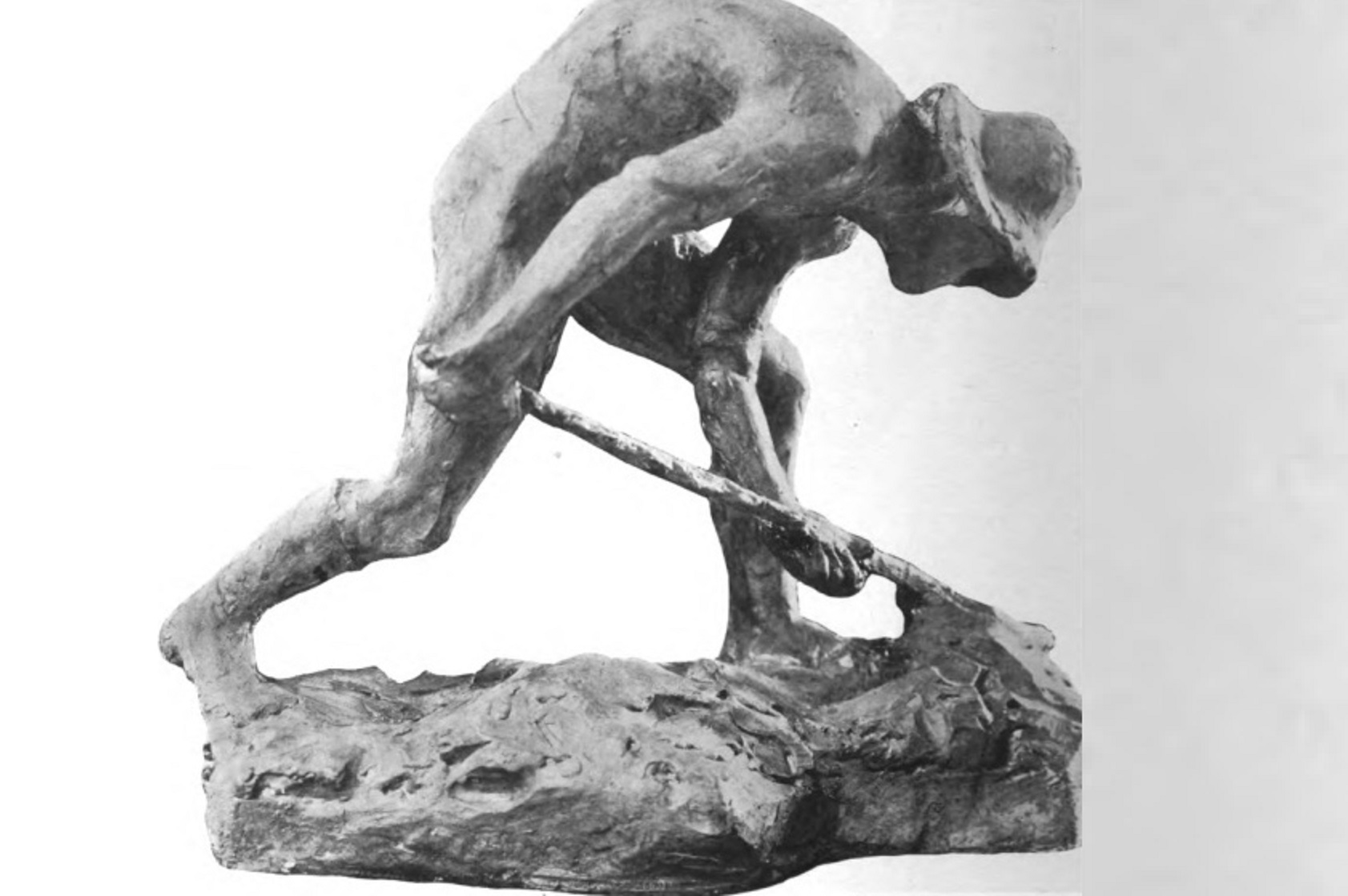 Roberts, Mary Fanton, Wikimedia Commons
Roberts, Mary Fanton, Wikimedia Commons
31. She Lost Her Brother
The sinking of the Lusitania, a commercial British liner, rocked the Americas in 1915. The many American casualties became part of the US’s reasons for entering the battle. Sadly, Gertrude lost one of her brothers, Alfred Vanderbilt, from this unexpected tragedy. Interestingly enough, though, another famous “sinking” contributed to her career’s peak.
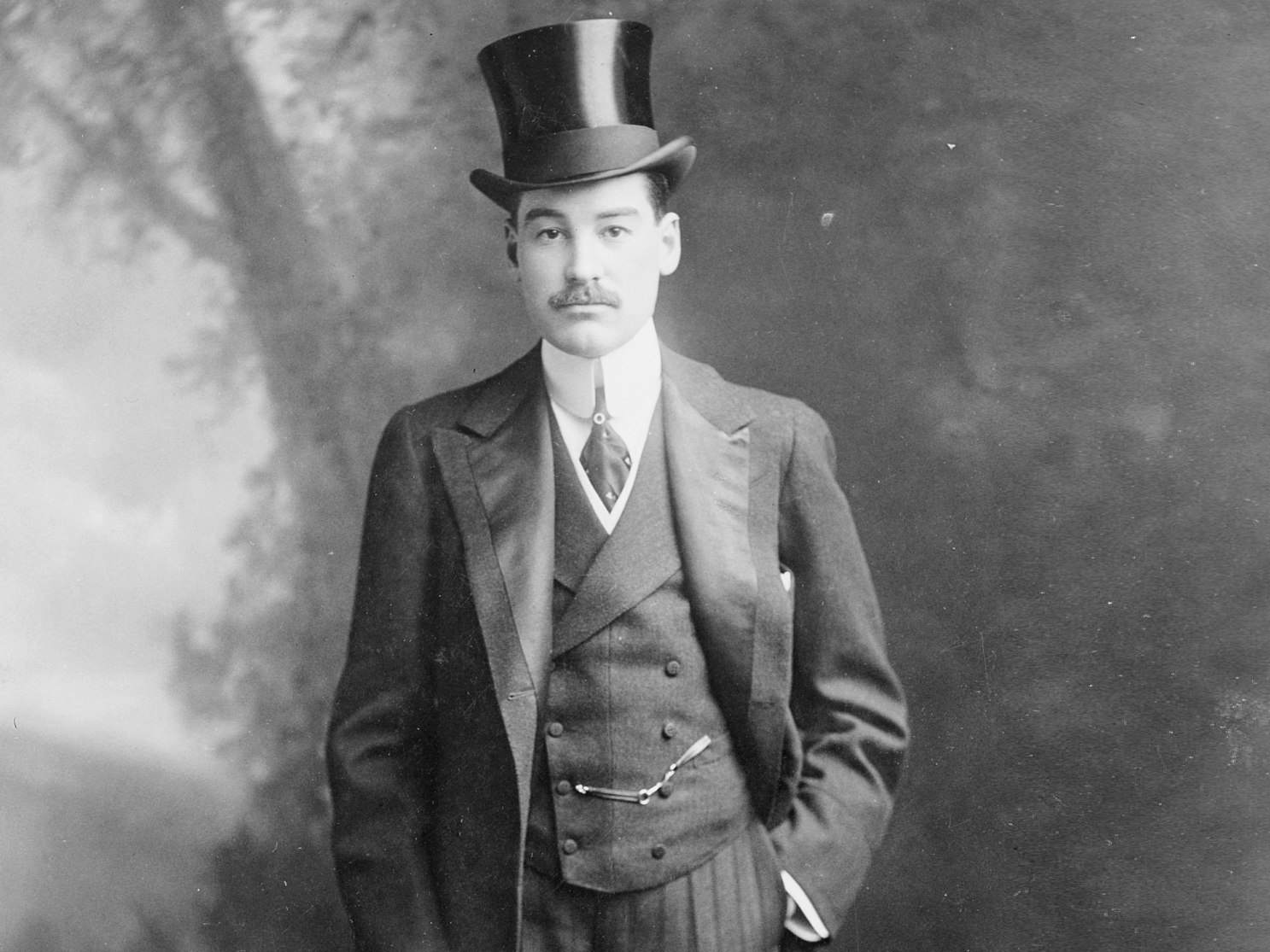 Library of Congress, Wikimedia Commons
Library of Congress, Wikimedia Commons
32. She Hit It Big With A Misfortune
In 1914, Gertrude debuted her sculpture memorial to the Titanic. Although her memorial didn’t make it to its current place of honor in Washington DC until decades later, it’s considered the greatest work of her career. Her own acclaim secured, she didn’t rest on her laurels. Instead, she used her interests to shock the uppity occupants of her social class.
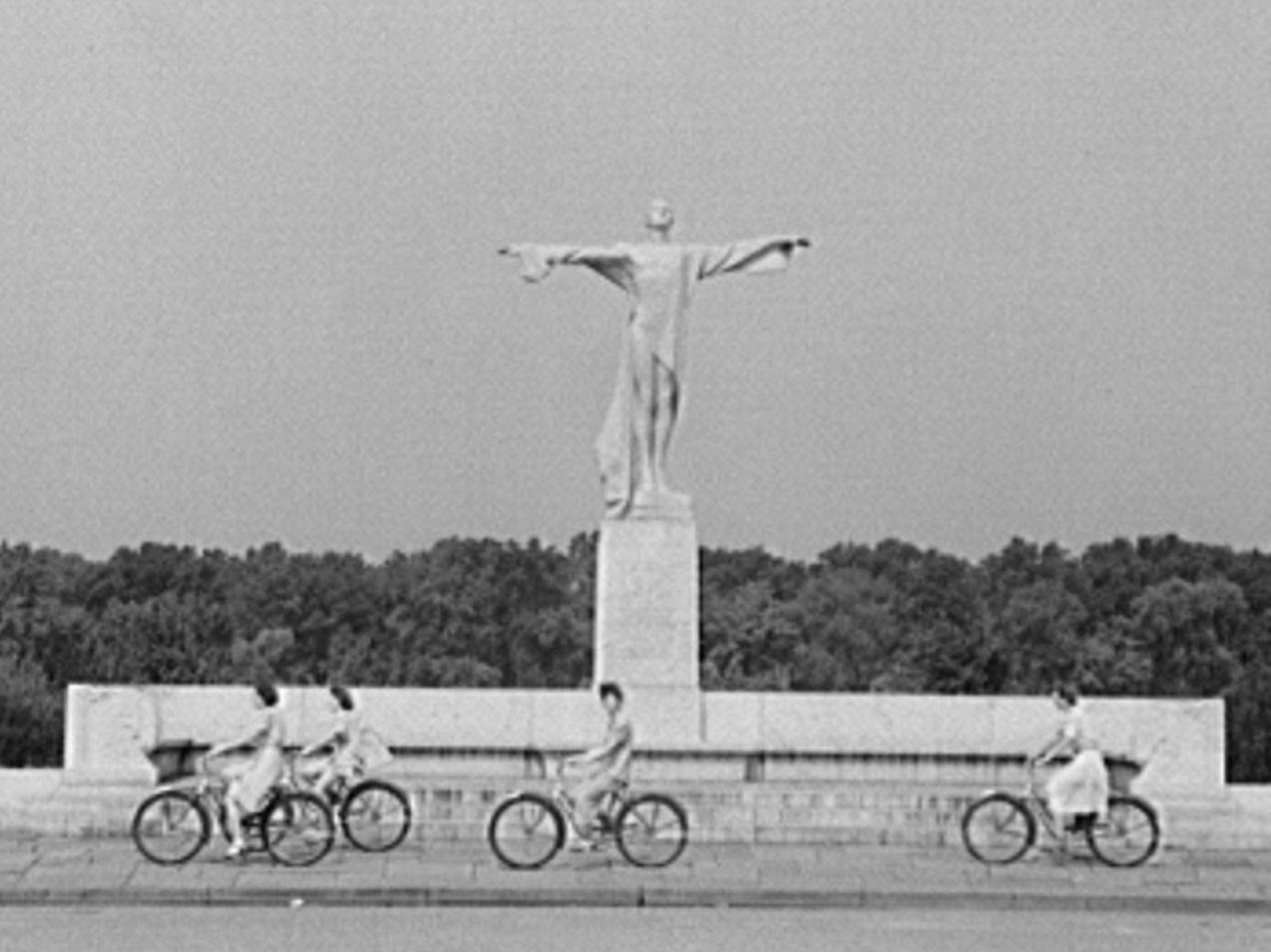 Marjory Collins, Wikimedia Commons
Marjory Collins, Wikimedia Commons
33. She Loved A Misfit
Others like her preferred to keep to their wealthy inner circles, but Gertrude made it her mission to seek out those the art scene typically left out. She opened a studio club for young artists and used her own money to fund supplies, lodging, and more in their interests. As far as some critics were concerned, though, Gertrude was barking up the wrong tree.
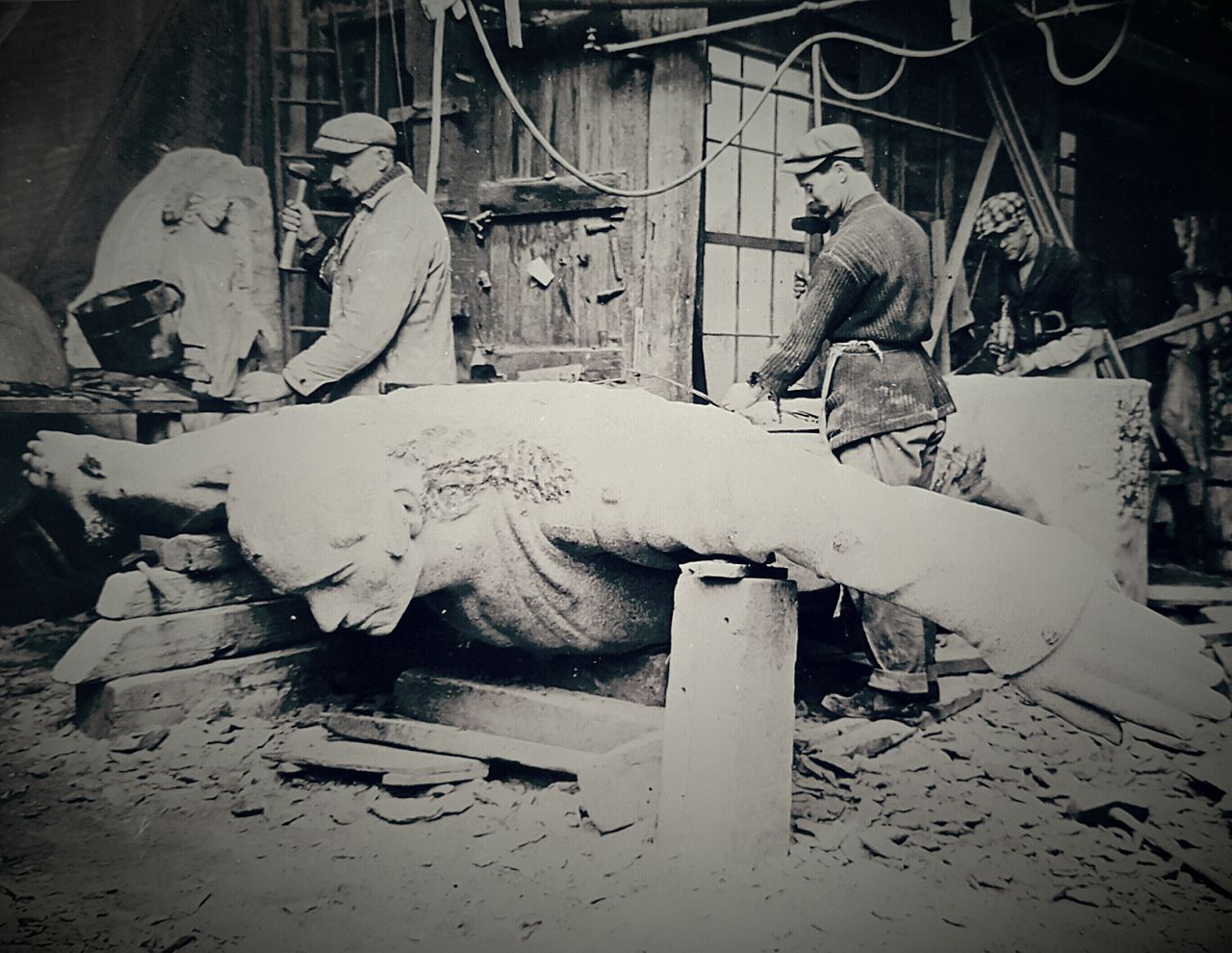 John Horrigan, CC BY-SA 4.0 , Wikimedia Commons
John Horrigan, CC BY-SA 4.0 , Wikimedia Commons
34. She Played for the Home Team
The artists that critics considered great at the time hailed from everywhere but the United States. That made Gertrude’s desire to fund and support young American artists seem gauche at best and totally wasteful at worst. This didn’t faze her, but her philanthropy and achievement wasn’t enough for some people.
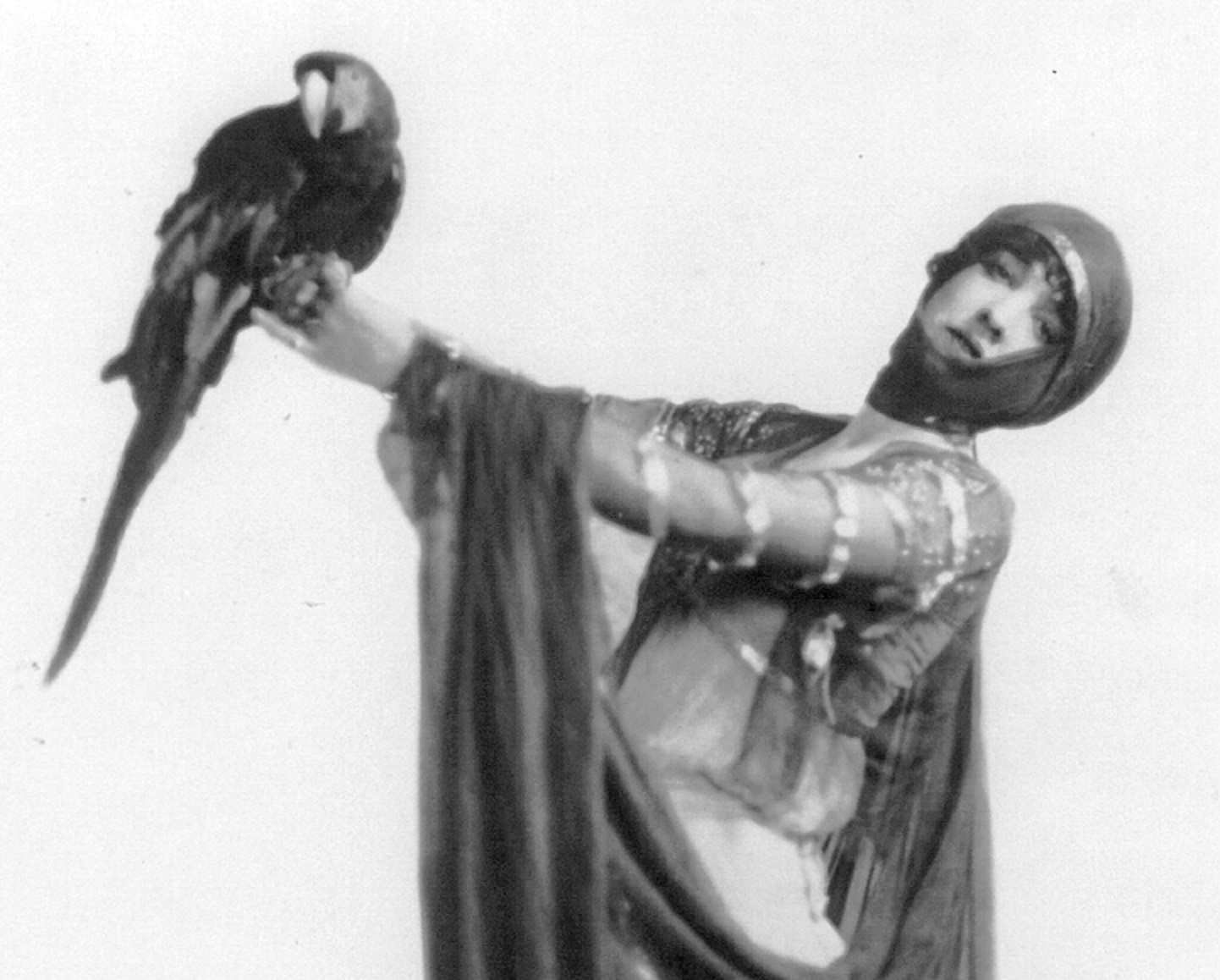 John Horrigan, CC BY-SA 4.0, Wikimedia Commons
John Horrigan, CC BY-SA 4.0, Wikimedia Commons
35. She Tried To Give Back
By 1929, Gertrude’s collection included hundreds of pieces of American artwork. She hated that she kept most of her pieces stored, with no opportunity for people to appreciate them. She considered adding an entire wing to her mansion to display them, but came up with what seemed like a more charitable idea—or so she thought.
 Gertrude Vanderbilt Whitney, Wikimedia Commons
Gertrude Vanderbilt Whitney, Wikimedia Commons
36. They Turned Her Down Cold
Gertrude hoped to give her collection away to the Metropolitan Museum of Art, along with a hefty endowment fund. Likely excited about her gift, she sent word to the museum’s director. His response was cruel. Reportedly, he didn’t even listen to the whole proposal before turning down her American “art.” She took the refusal personally.
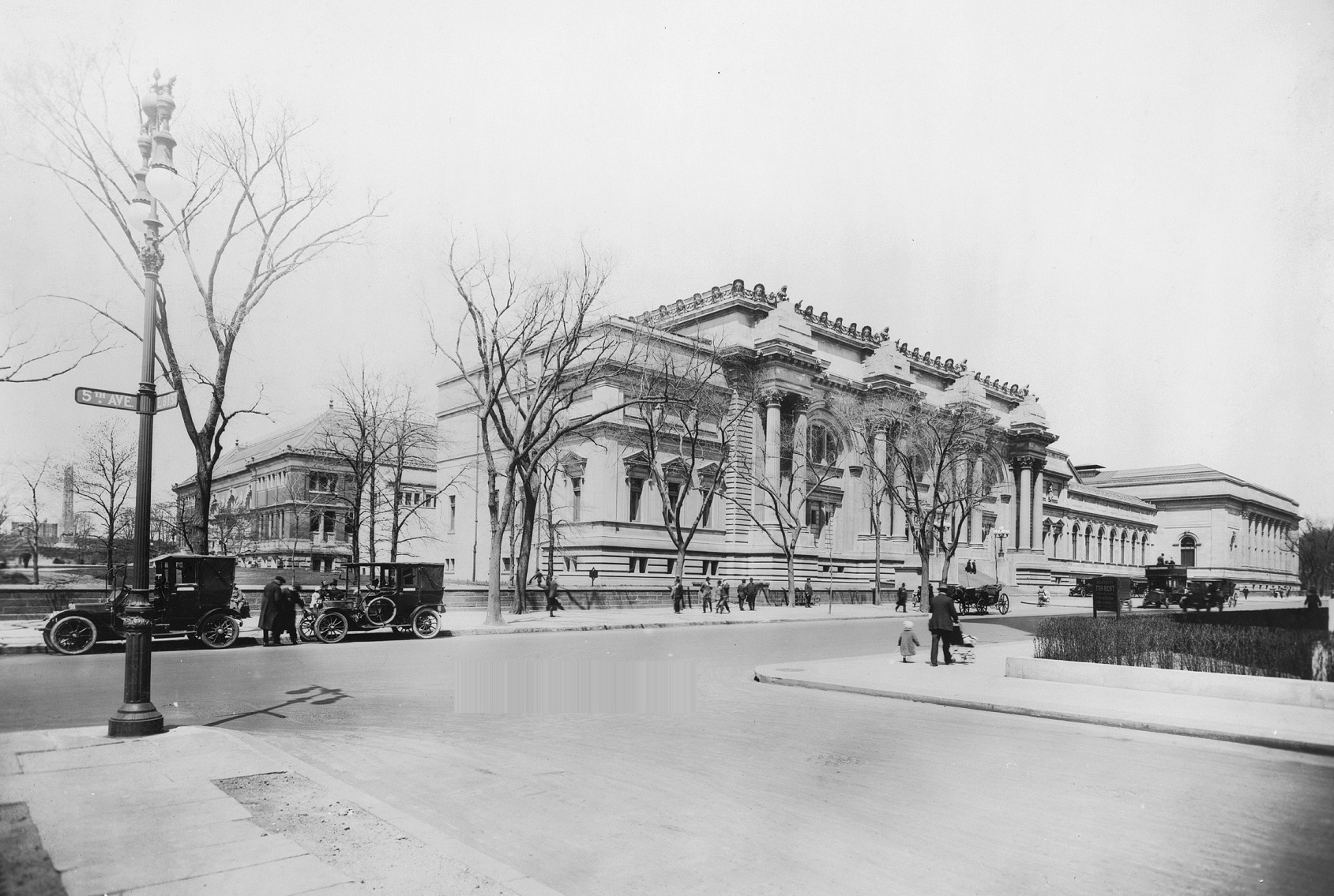 Irving Underhill, Wikimedia Commons
Irving Underhill, Wikimedia Commons
37. She Did It Herself
Gertrude had more than proved her status as both an artist and appreciator of the arts. So with this denial, she decided to turn lemons into lemon cake, opening the Whitney Museum of American Art. With most of her time seemingly spent on her work as an artist and benefactress, the next major event of her life likely shook her up.
 Whitney Museum of American Art, Wikimedia Commons
Whitney Museum of American Art, Wikimedia Commons
38. She Lost Her Husband
In just a year following the museum’s denial of her contribution, her husband became very ill. Doctors diagnosed him with pneumonia. He never recovered, passing in 1930 and leaving her a huge inheritance. The aftermath was devastating. The depths of her grief remained private as she continued her work with art, until one extremely juicy scandal drew all the attention away from any of her good work.
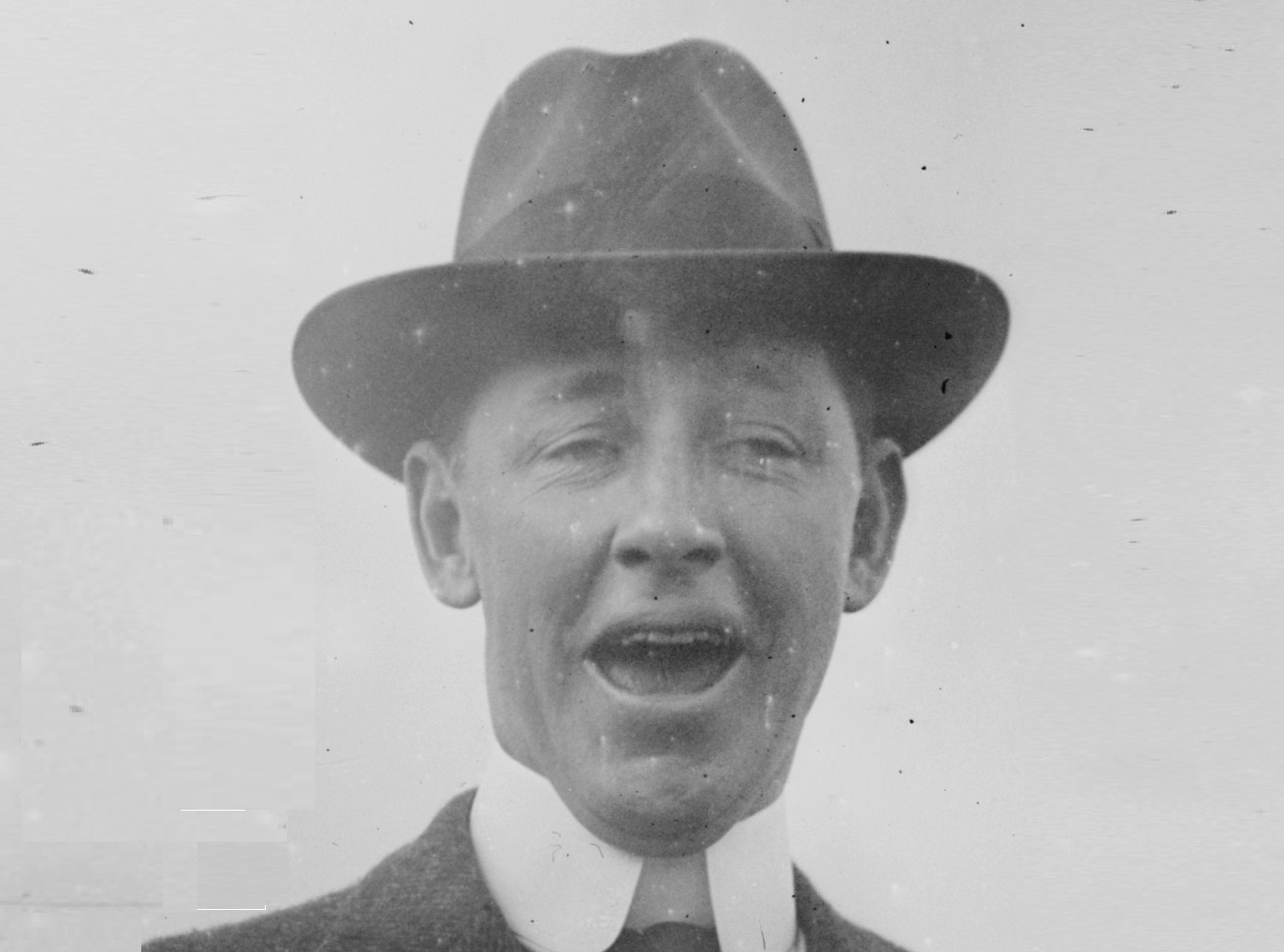 Bain News Service, Wikimedia Commons
Bain News Service, Wikimedia Commons
39. Her Family Had Issues
Every family deals with some difficulties, but with the kind of money in the Vanderbilt family, many issues escalated to new heights. One such issue became the talk of the day, with newspapers going crazy over the custody battle of Gertrude’s niece, Gloria. When the sordid details finally came to the light, the fallout seemed a long time coming.
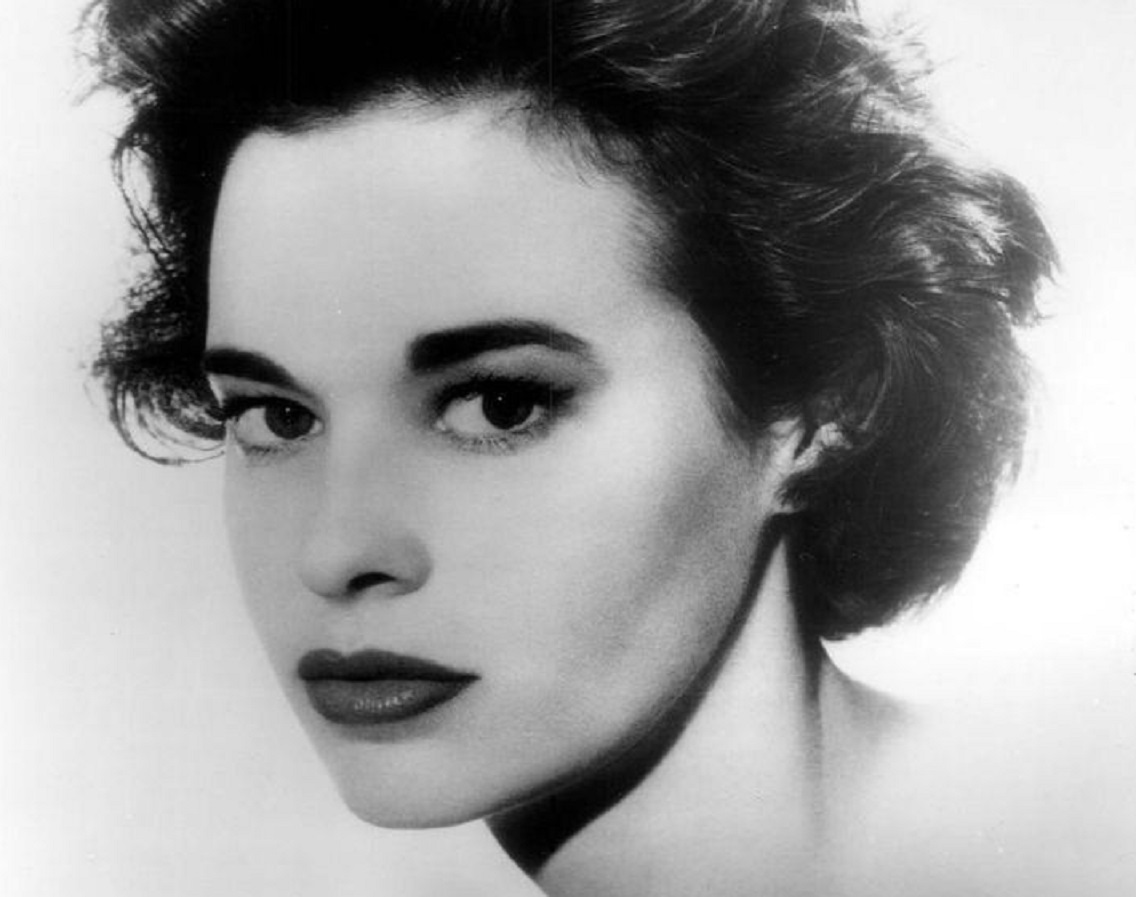 United States Steel Corporation, Wikimedia Commons
United States Steel Corporation, Wikimedia Commons
40. She Picked Up the Slack
As the oldest sister of her siblings, Gertrude became a bit of a matriarch of the family. Many of the family’s children spent time in her home, including her niece, Gloria. This didn’t cause much of a problem, until Gloria’s father (Gertrude’s brother) died, leaving her in the care of her mother. Gertrude did not approve.
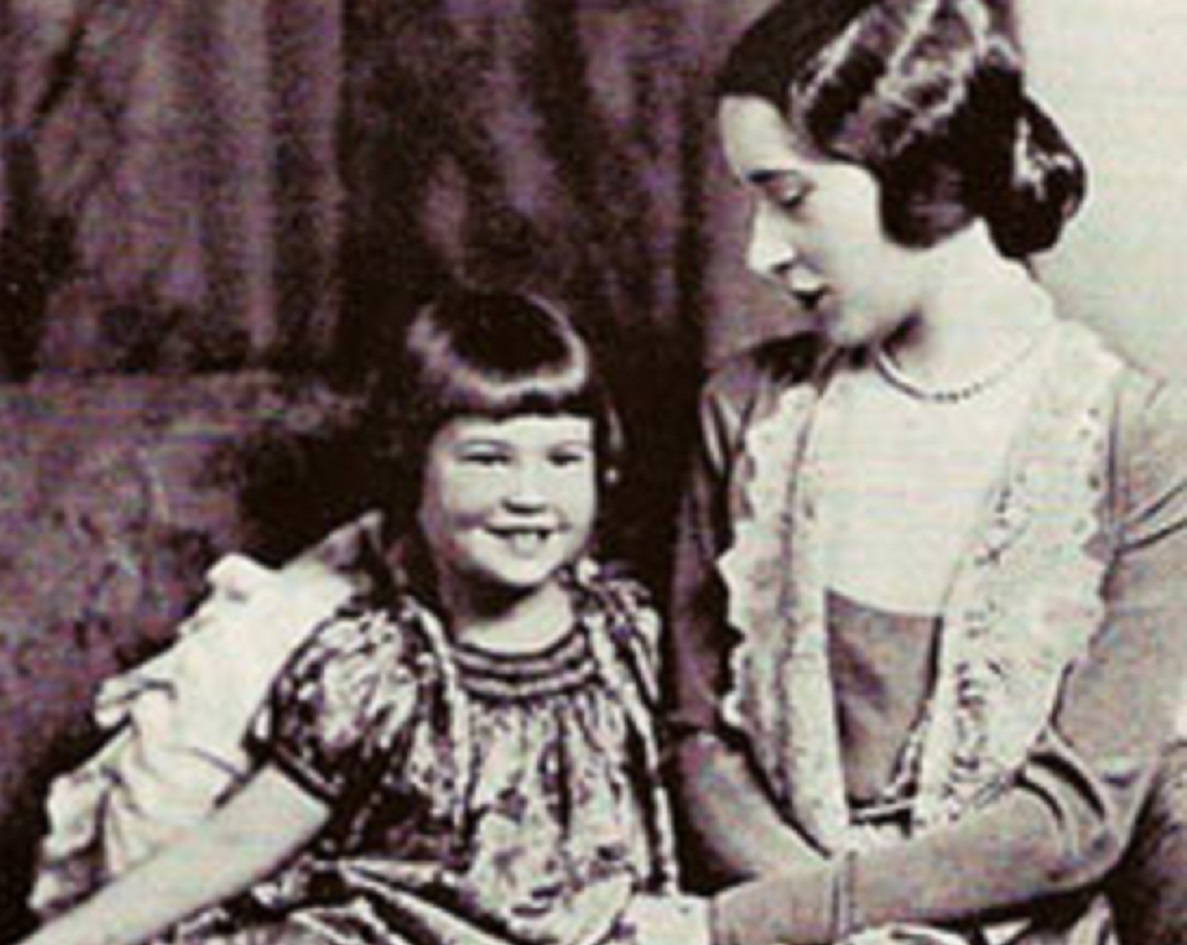 http://www.sanfranciscosentinel.com/?p=8668, Wikimedia Commons
http://www.sanfranciscosentinel.com/?p=8668, Wikimedia Commons
41. She Couldn’t Stand Her
Gloria’s mother, Gloria Morgan Vanderbilt made generous use of her cut of her deceased husband’s money. Neither Gertrude nor her family liked the way she lived lavishly after her husband’s death, with her flashy and frequent travels between Europe and New York. It’s no surprise the way Gertrude pounced when a devious opportunity presented itself.
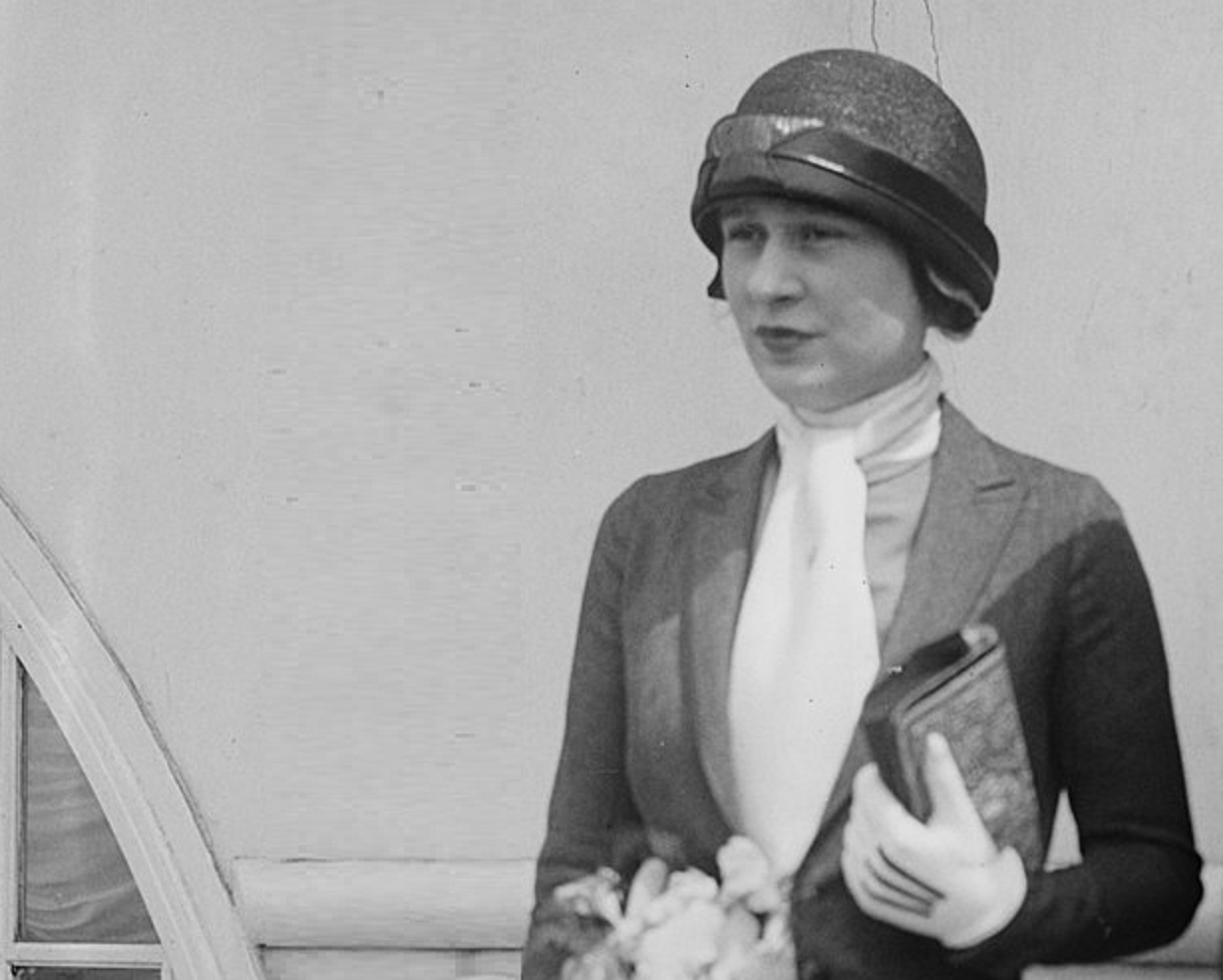 Bain News Service, Wikimedia Commons
Bain News Service, Wikimedia Commons
42. She Plotted Against Her Sister In Law
When Gloria fell ill, her mother brought her back to New York and left her there in Gertrude’s care. She took off to Europe for many months, and the child remained with her aunt while she recovered from her tonsillectomy. That's when things got shady. The Vanderbilts considerably reduced Gloria’s mother’s allowance. And when she returned to New York, the situation worsened.
43. Somebody Lied
The details here get a little murky. Some reports claim Gloria’s mother simply attempted to take her daughter back with her to Europe, and Gertrude refused to let her go. Others say Gertrude actually took Gloria from her mother while they were in Central Park and wouldn’t give her back. Either way, it became a serious court issue in 1934.
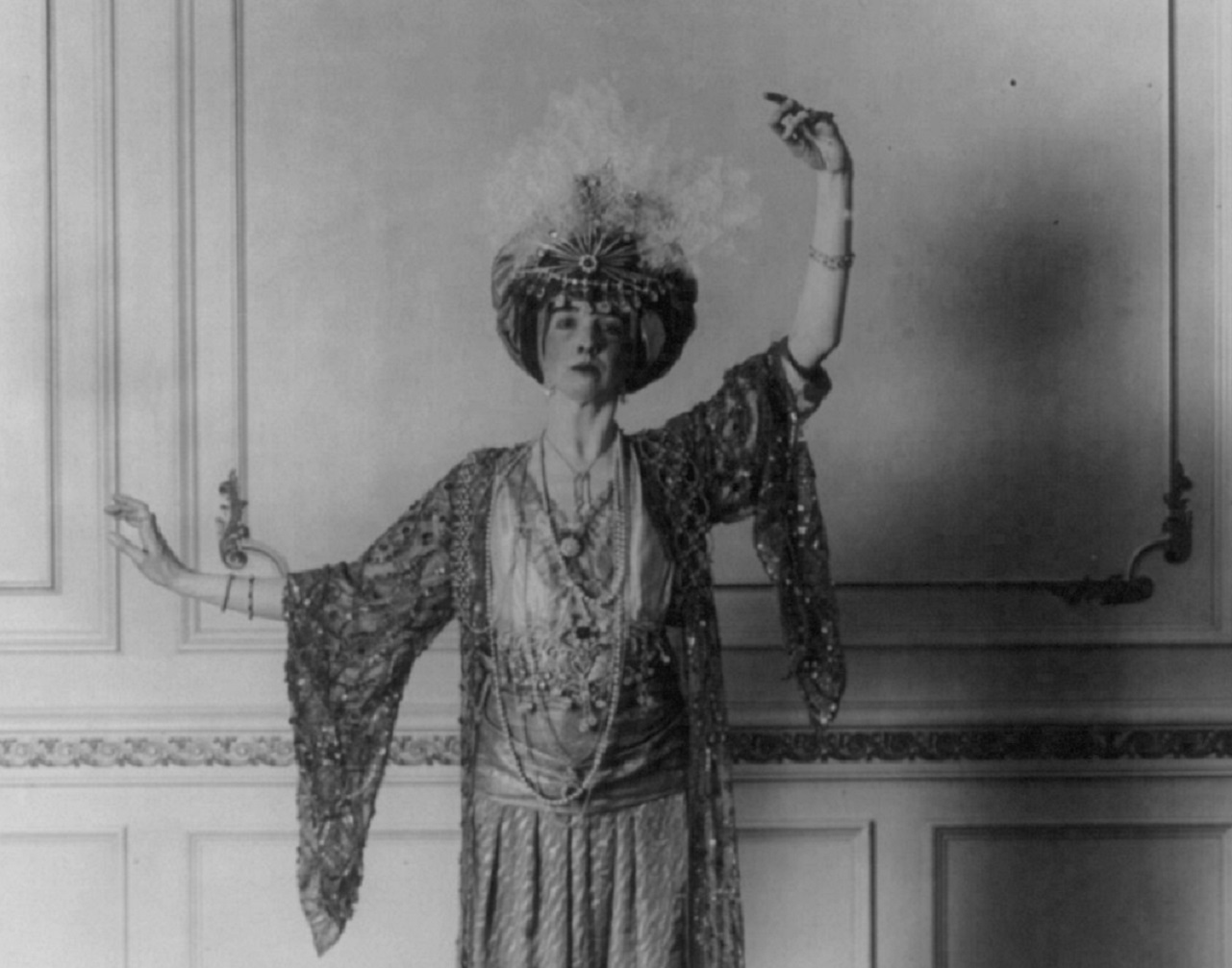 Library of Congress, Wikimedia Commons
Library of Congress, Wikimedia Commons
44. They Tore Each Other Apart
In a custody case that kept the papers lined with the gossip of the rich and famous for weeks, Gertrude and her family did everything they could to present Gloria’s mother as unfit to parent. They lined up witnesses who claimed she was a carouser, more interested in living it up than caring for her daughter. Morgan Vanderbilt’s former nurse described her as a "lazy, loose ... woman" who was "indifferent to rats and vermin that swarmed in her house and cruel to her child" on the witness stand.
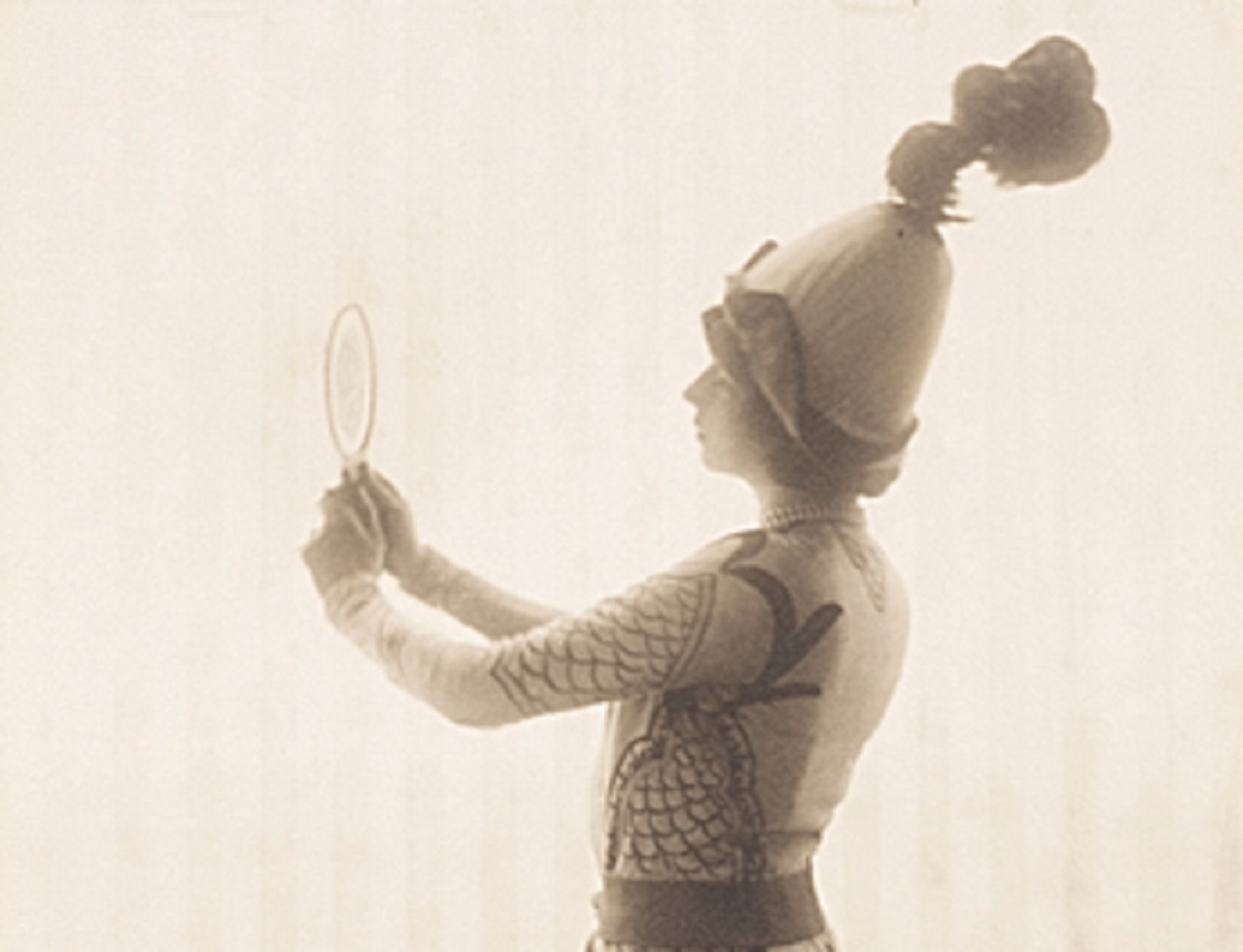 Adolf de Meyer, Wikimedia Commons
Adolf de Meyer, Wikimedia Commons
45. An Accusation Silenced The Courtroom
Maria Caillot, a Parisian maid who’d served Morgan Vanderbilt in Paris, made a far more scandalous accusation. She accused Morgan Vanderbilt of being in a lesbian relationship with Lady Nada Milford Haven. The maid claimed she had caught the pair in bed together, making love. The courtroom was silent, before it finally broke out into chaos.
Gloria’s mother gave quite the rebuttal, however.
46. They Called Her Obsessed
By Gloria Morgan Vanderbilt’s account, Gertrude just wanted another baby chick to add to her nest, already bursting at the seams. In fact, her lawyer argued that she had “a mania for bringing up children”. The fact that eight of her grandchildren lived in her home definitely gave that some leverage. But Gertrude didn’t let up.
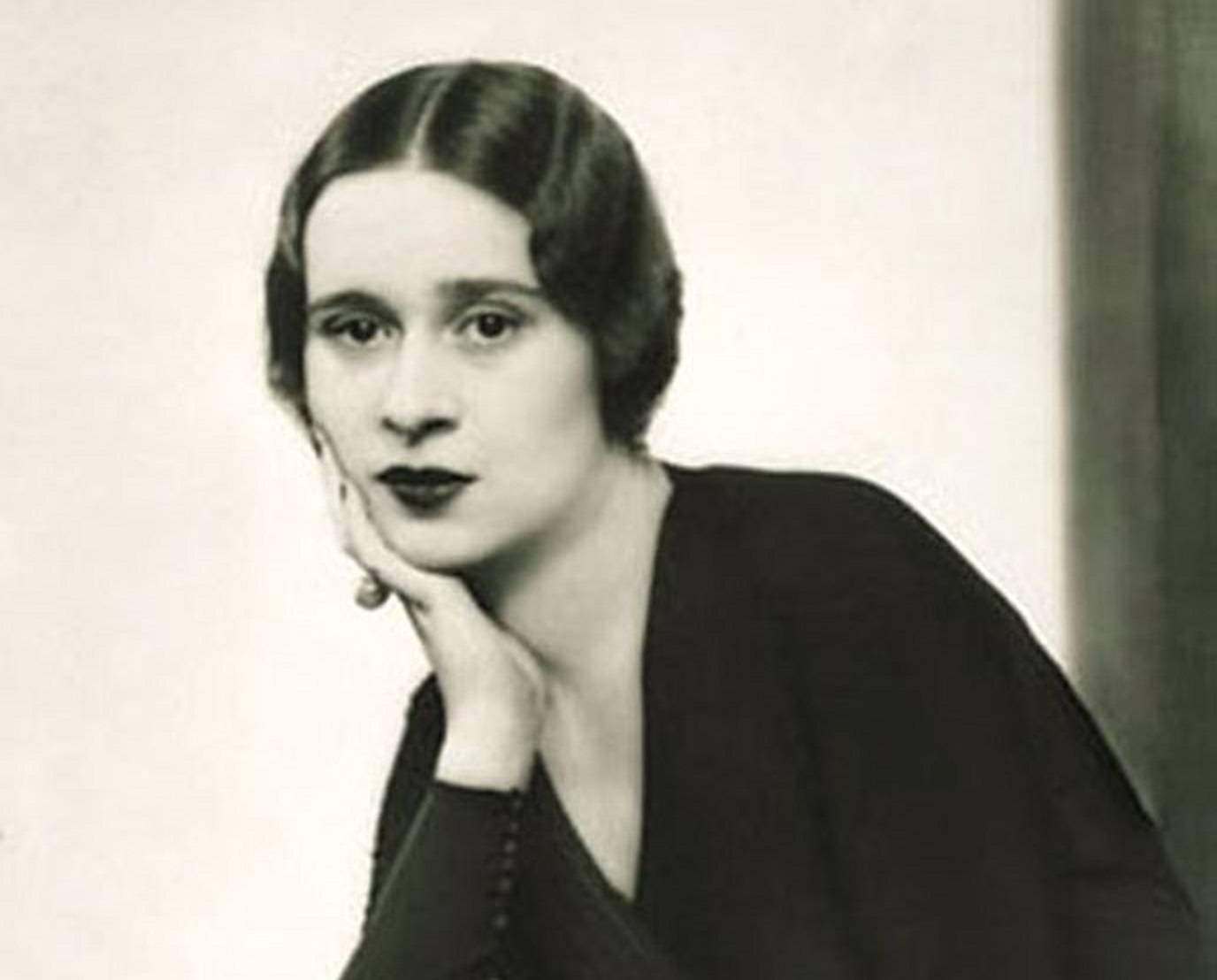 Dorothy Wilding, Wikimedia Commons
Dorothy Wilding, Wikimedia Commons
47. She Made Her Niece Lie
Little Gloria's custody trial was so sensitive that the judge frequently forced everyone to exit the room. This was so she could give her testimony without family members pressuring her. In these closed-door meetings, bystanders frequently heard wailing and crying coming from inside the courtroom—and even though these were private sessions, the press got ahold of one tragic detail.
In one such communique, little Gloria apparently admitted to the judge that she was lonely when she was with her mother, and that she wished she could go live with her aunt instead. At the end of it all, Gertrude won custody of her niece—but it didn't quite go as planned.
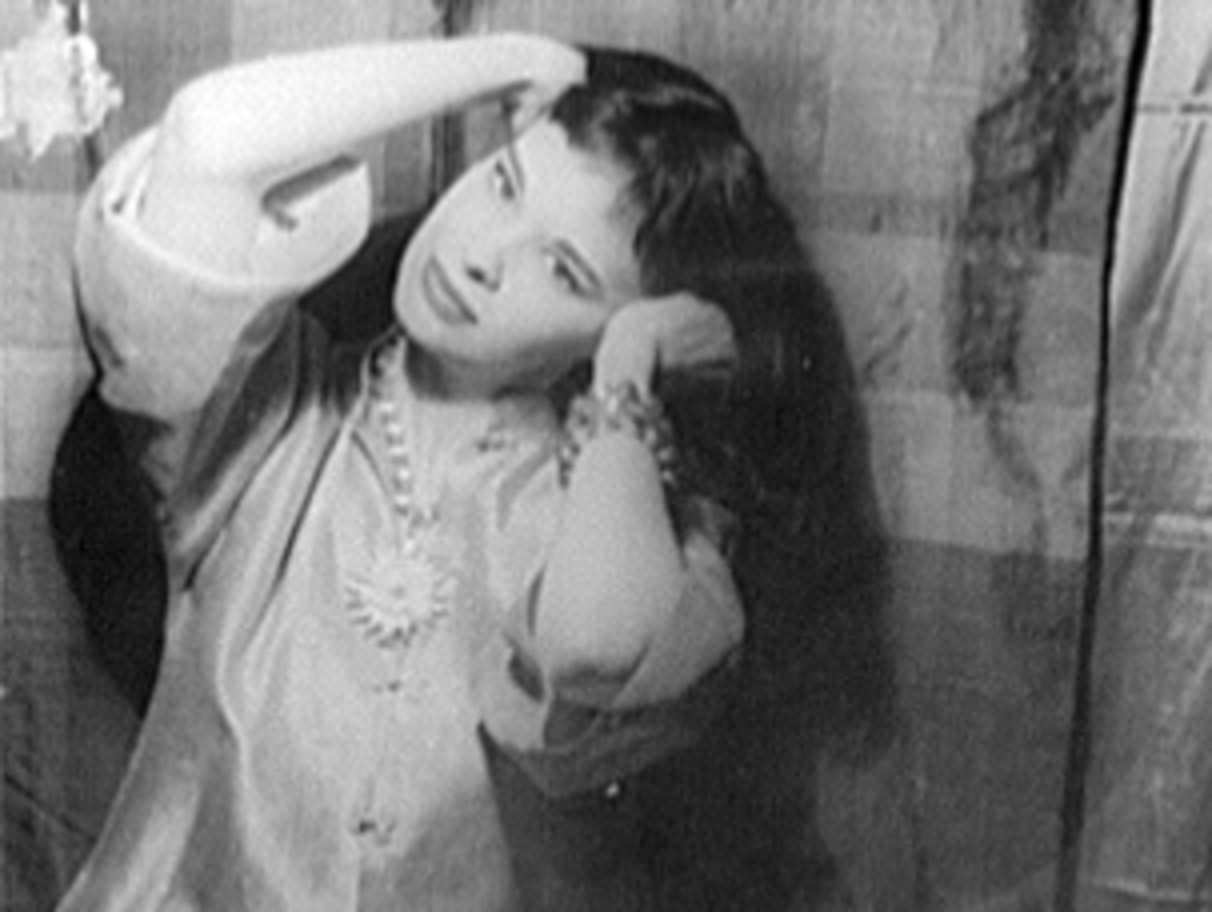 Carl Van Vechten, Wikimedia Commons
Carl Van Vechten, Wikimedia Commons
48. She Wanted Too Much
Life with Gertrude turned out not to be all Gloria hoped for. Her existence with her mother had kept her moving around a lot, whereas life with her aunt proved much more mundane. Unfortunately, Gloria eventually grew to publicly admit that Gertrude raised her very strictly, and without much affection. It didn’t end well, either.
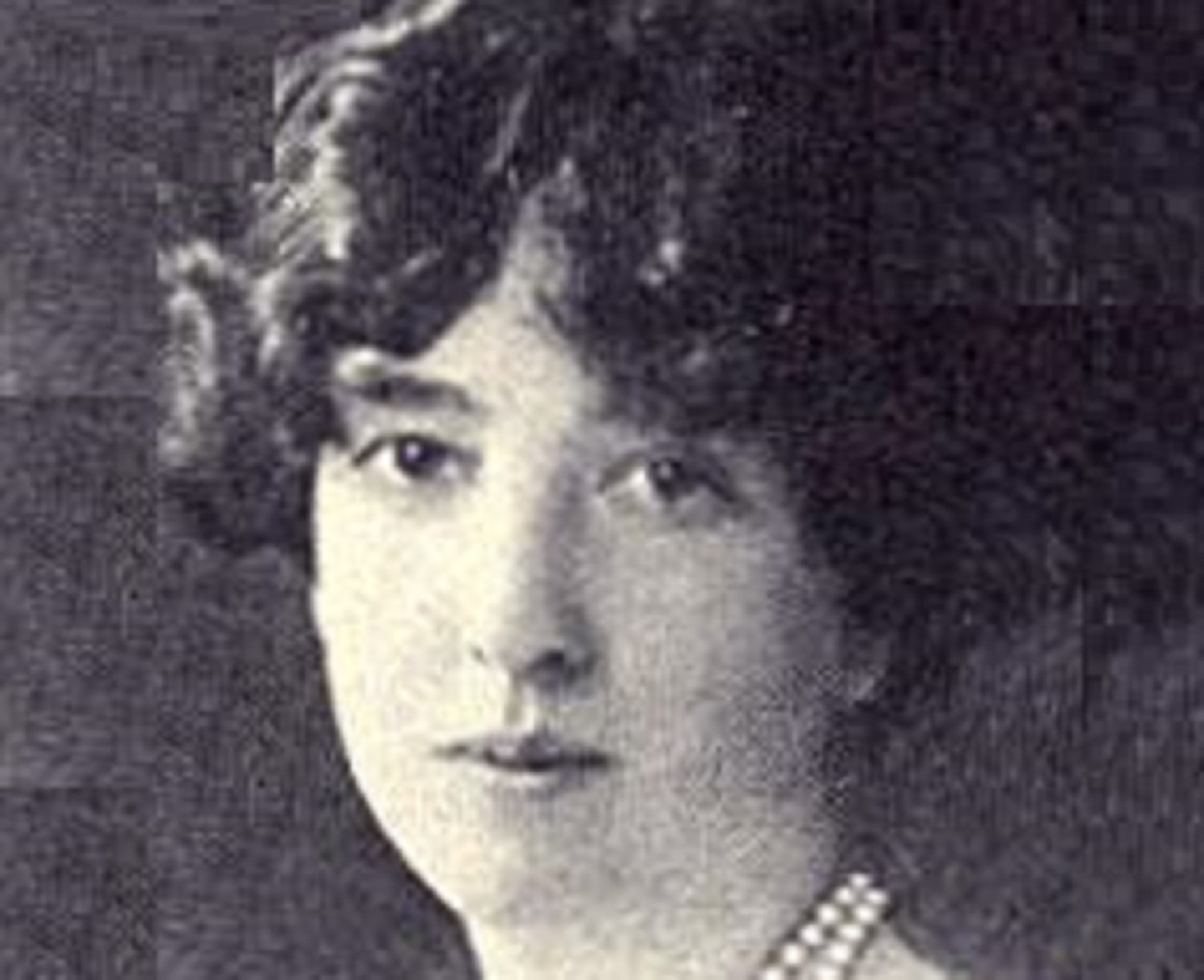 Unknown author, Wikimedia Commons
Unknown author, Wikimedia Commons
49. She Pushed Her Away
By 17, Gloria was done with her life of stability. She left school without graduating, and left her aunt’s home without permission to return to life with her mother. She even married a man much older than her, much like her mother did. Gertrude’s response to this remains unreported, but she continued on with the one love that never failed her—art.
 Unknown author, Wikimedia Commons
Unknown author, Wikimedia Commons
50. She Chose Herself
All dissenters and criticism considered, Gertrude persisted in doing things her own way. She won several honors over the course of her life, both for her own art and for her service and benevolence to other artists. Just a few years short of 70, Gertrude’s heart issues brought her life to an end in 1942. Her work didn’t go with her.
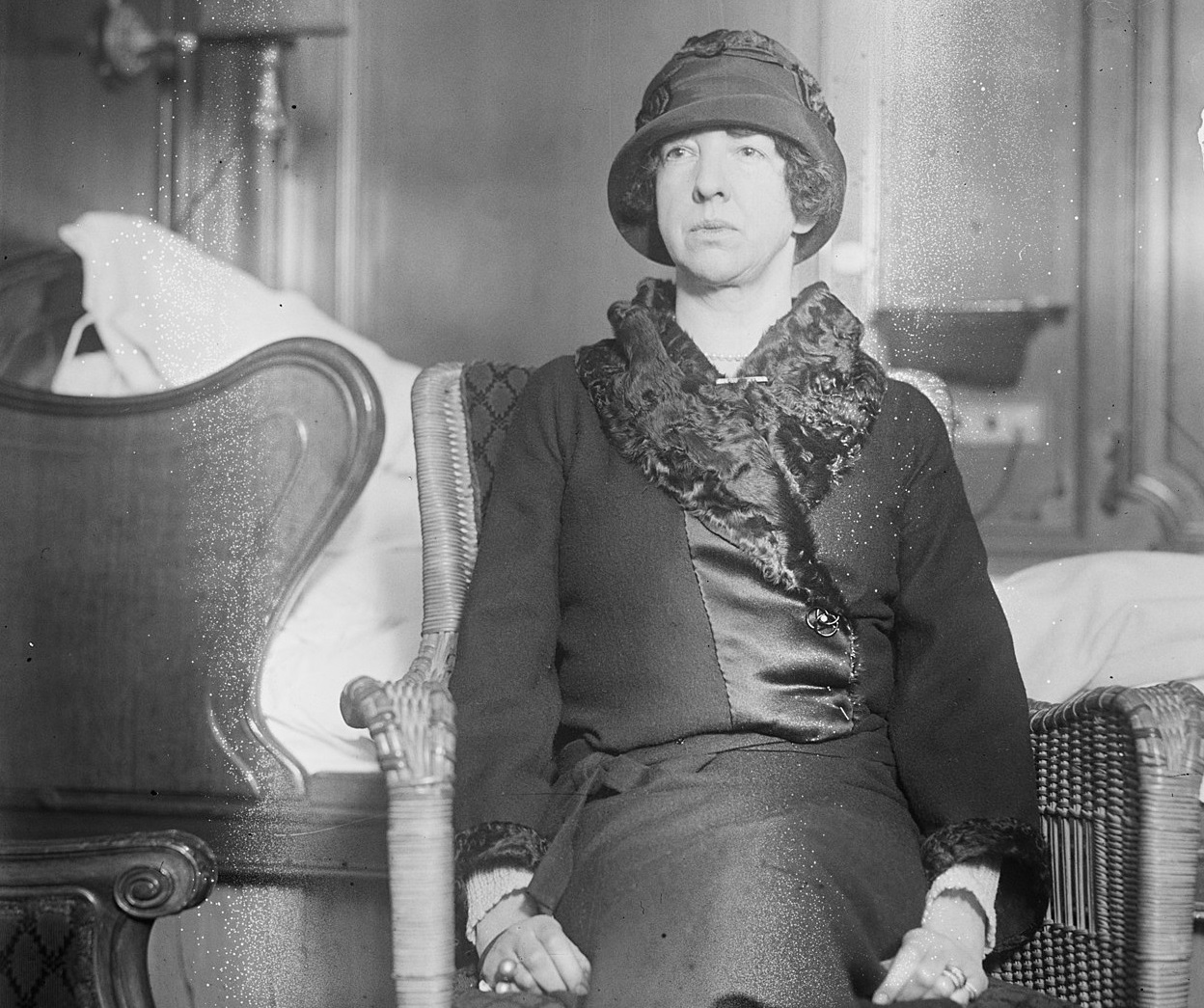 Bain News Service, Wikimedia Commons
Bain News Service, Wikimedia Commons
51. Her Legacy Continues
Gertrude’s daughter, Flora, took over the care and management of the Whitney Museum in her mother’s absence. While not celebrated as such during her life, it served as the first museum to widely feature works by American artists. She is responsible not only for leaving her own artistic mark on the world, but making sure many others could too.
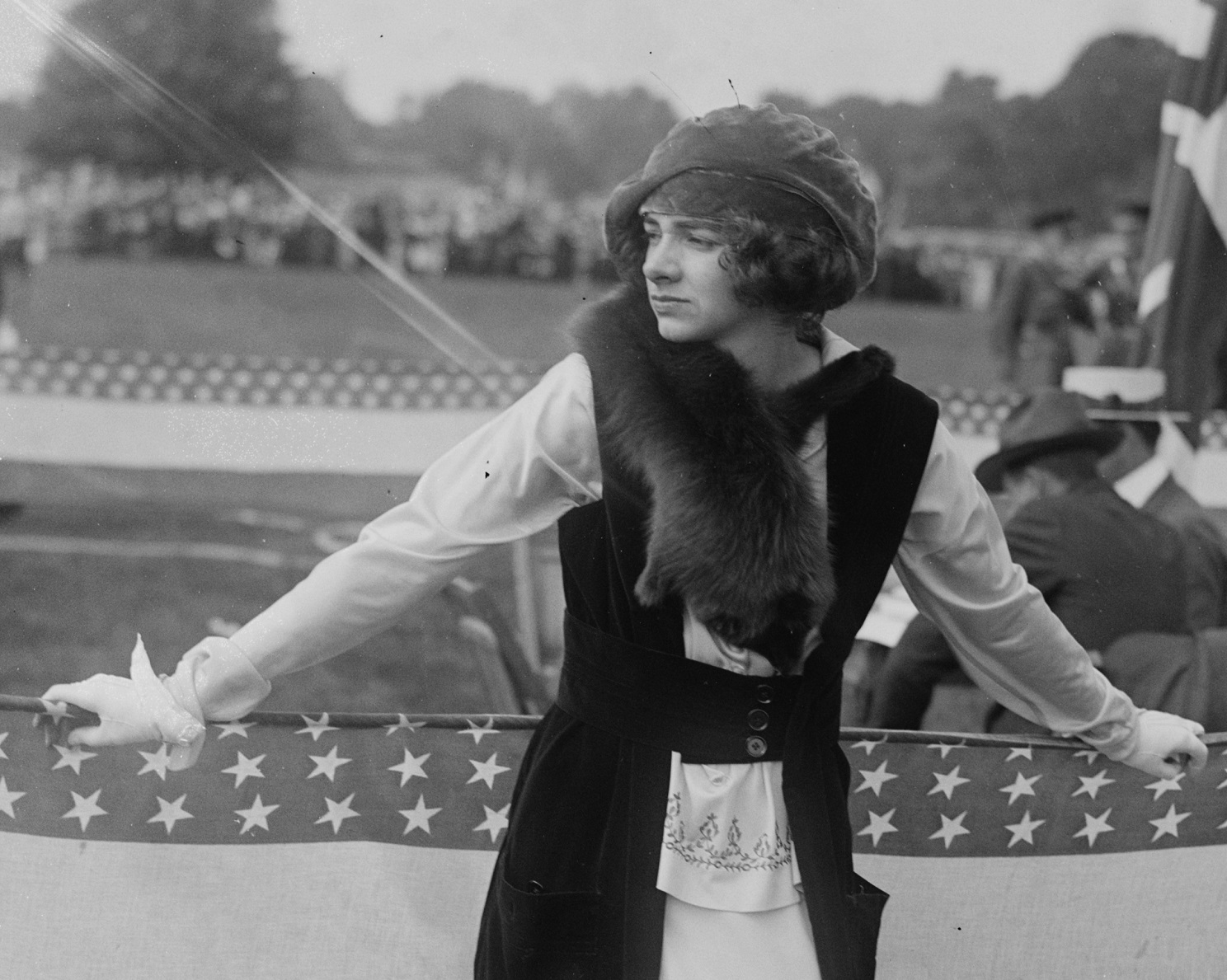 Bain News Service, Wikimedia Commons
Bain News Service, Wikimedia Commons
You May Also Like:
The Woman Who Made The Vanderbilts
Consuelo Vanderbilt, The Million Dollar Duchess
Gloria Vanderbilt, The All-American Heiress

